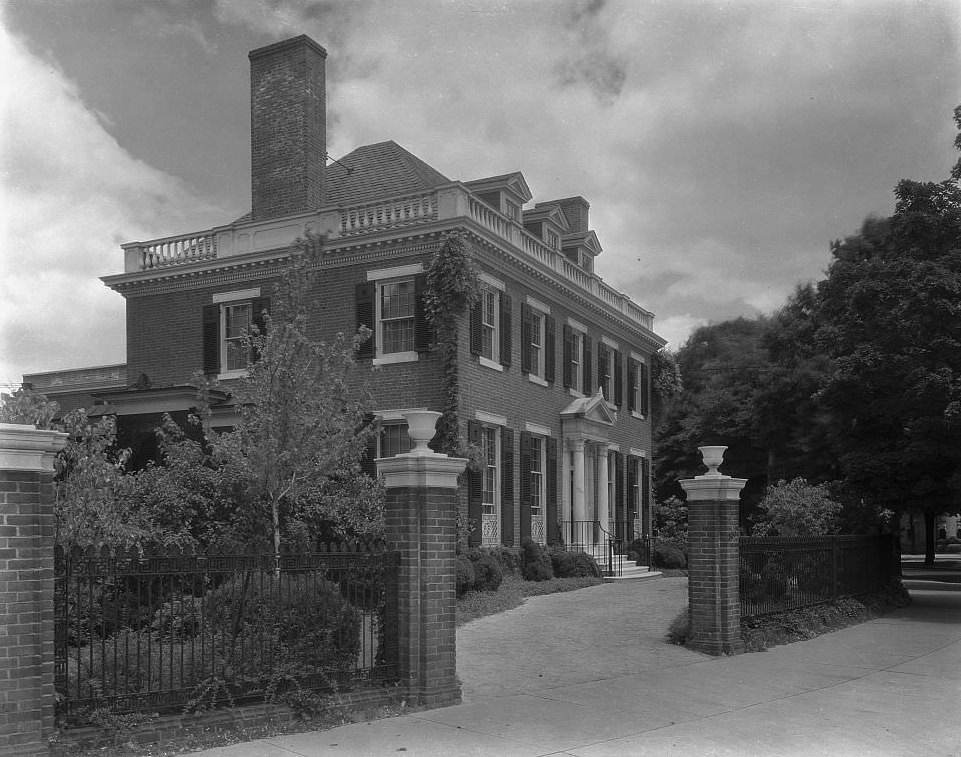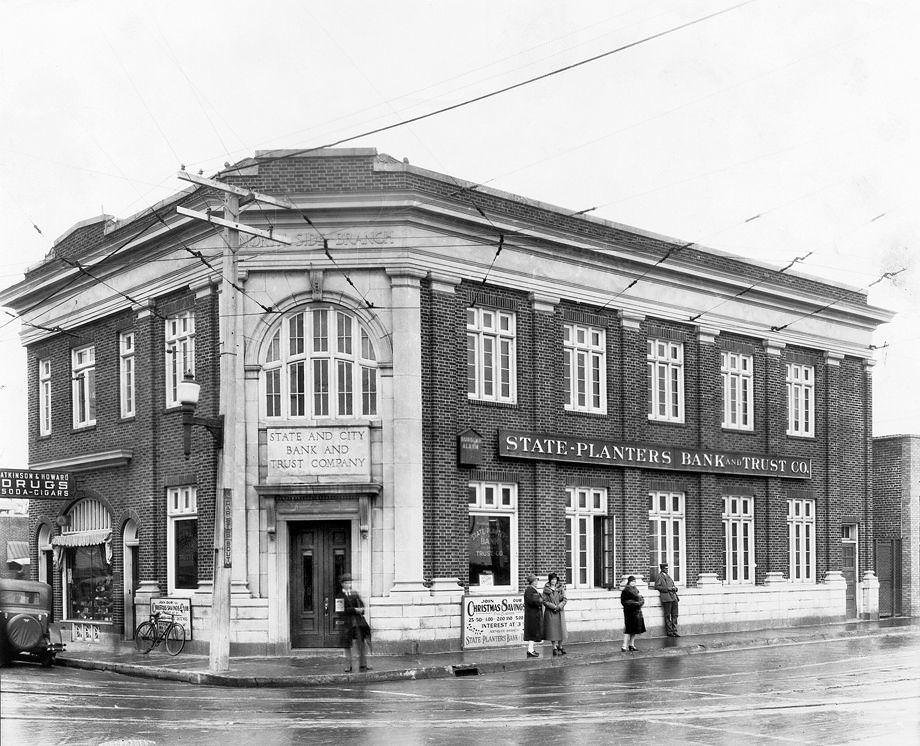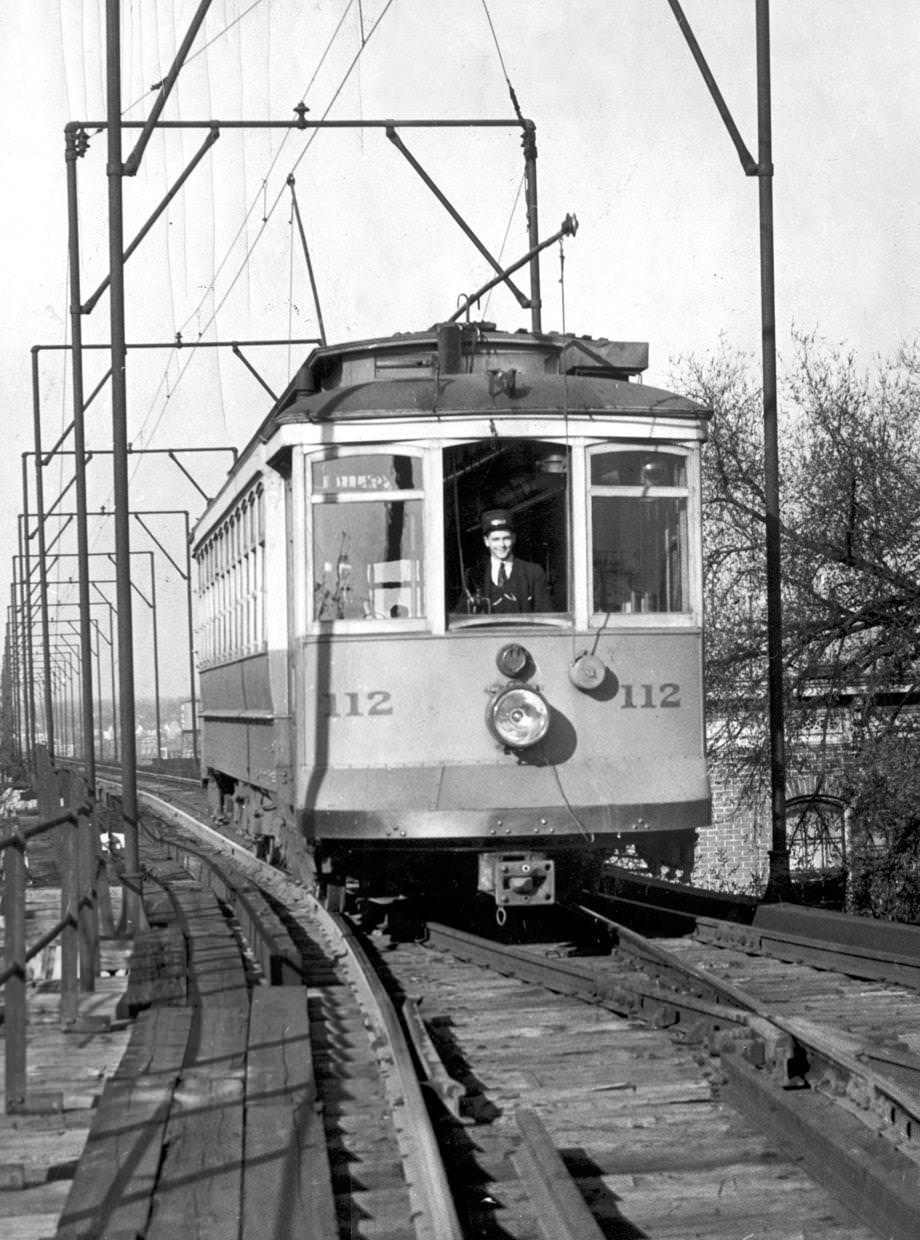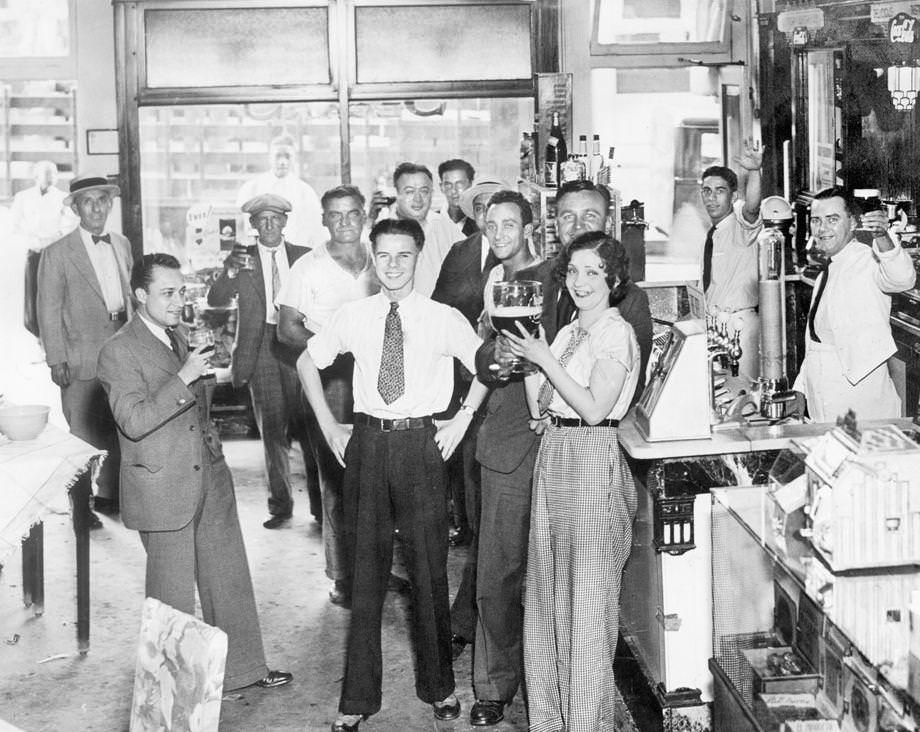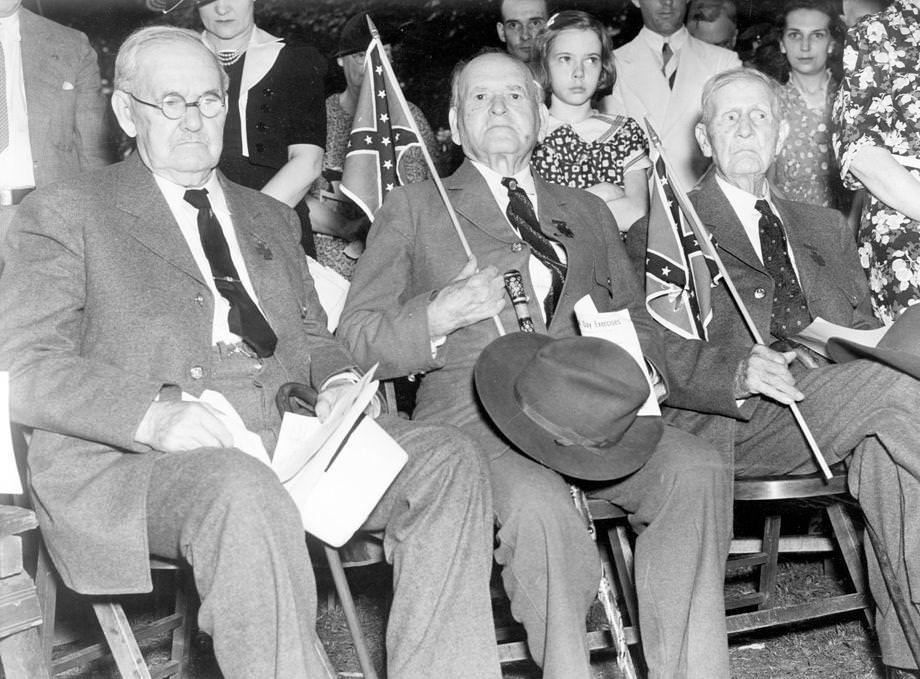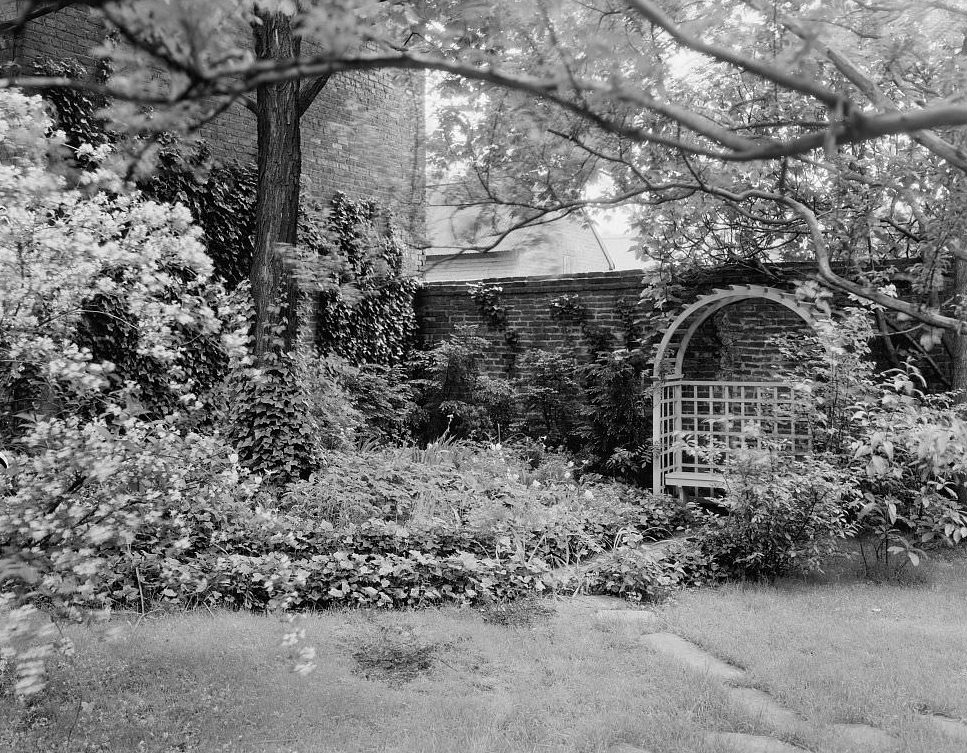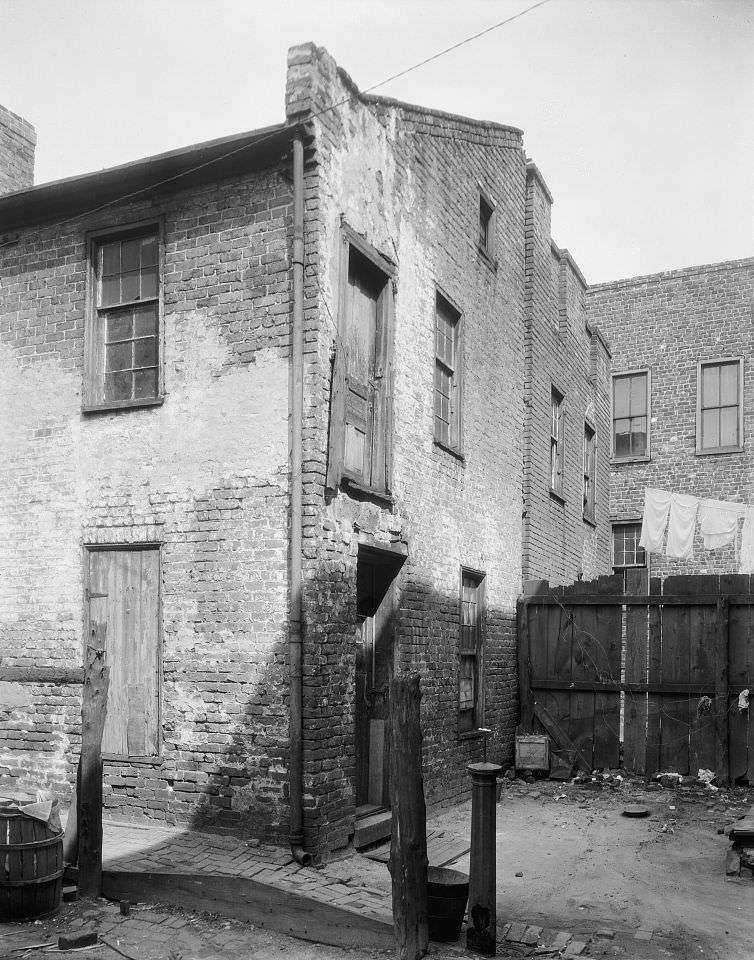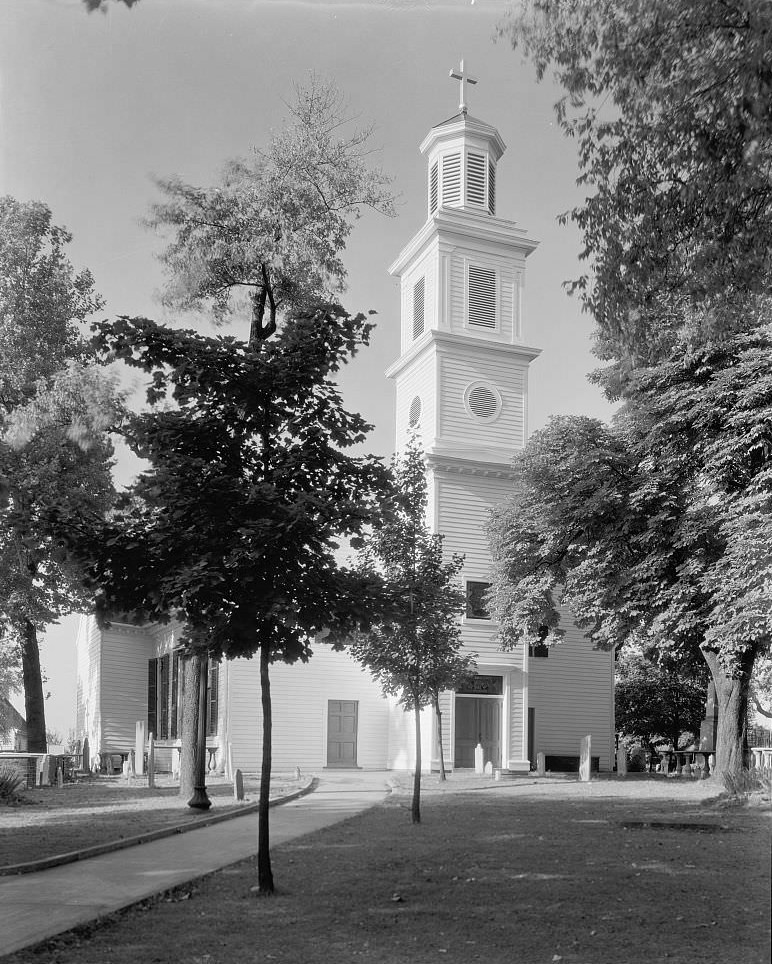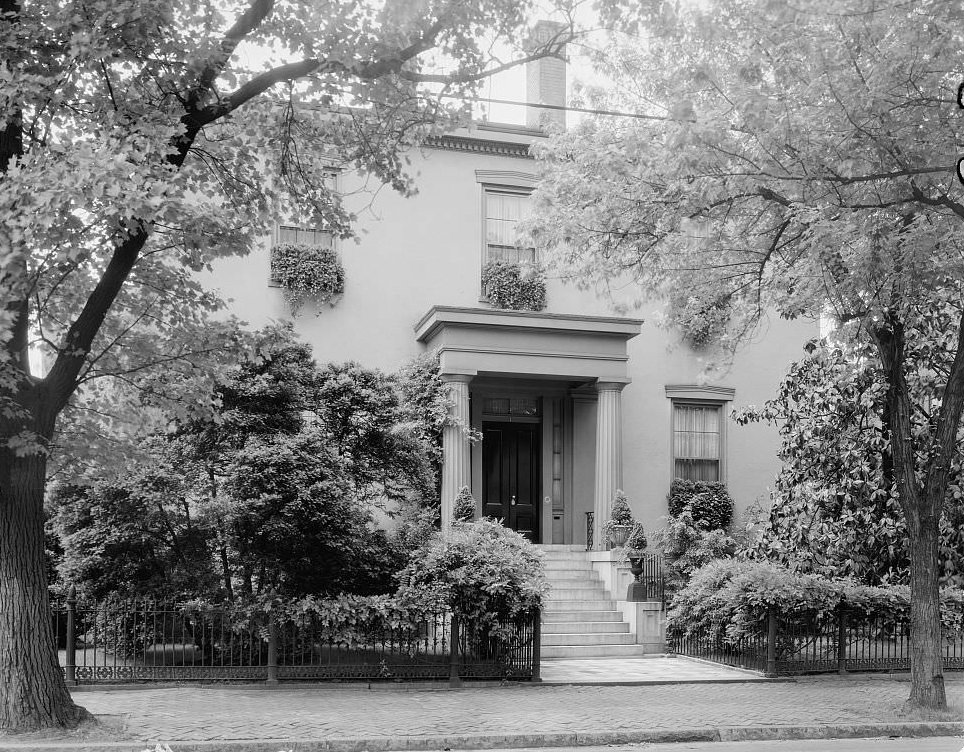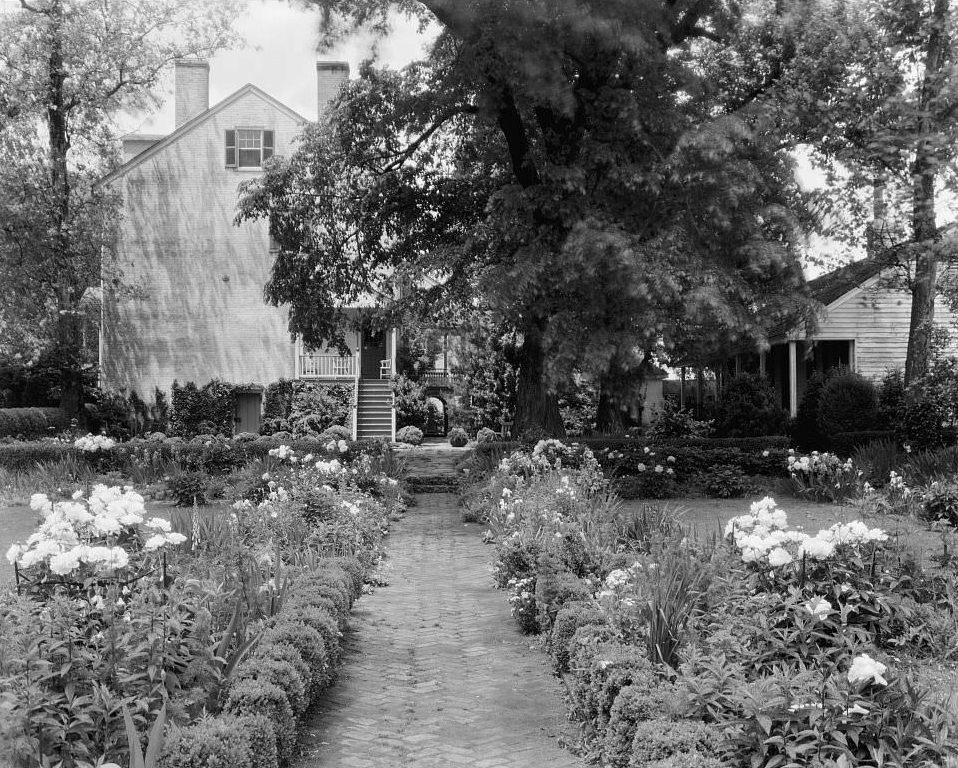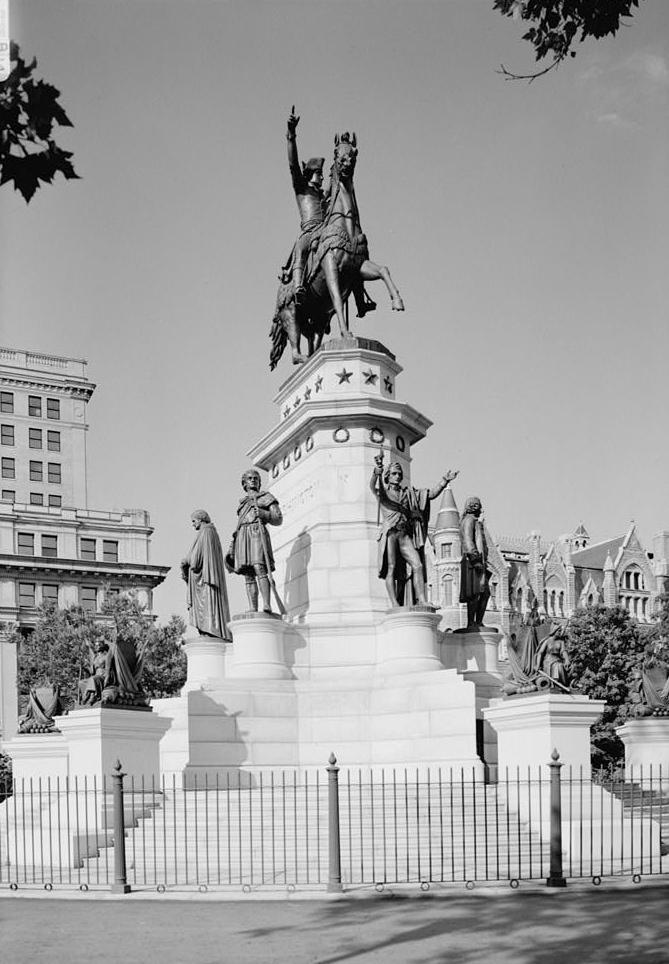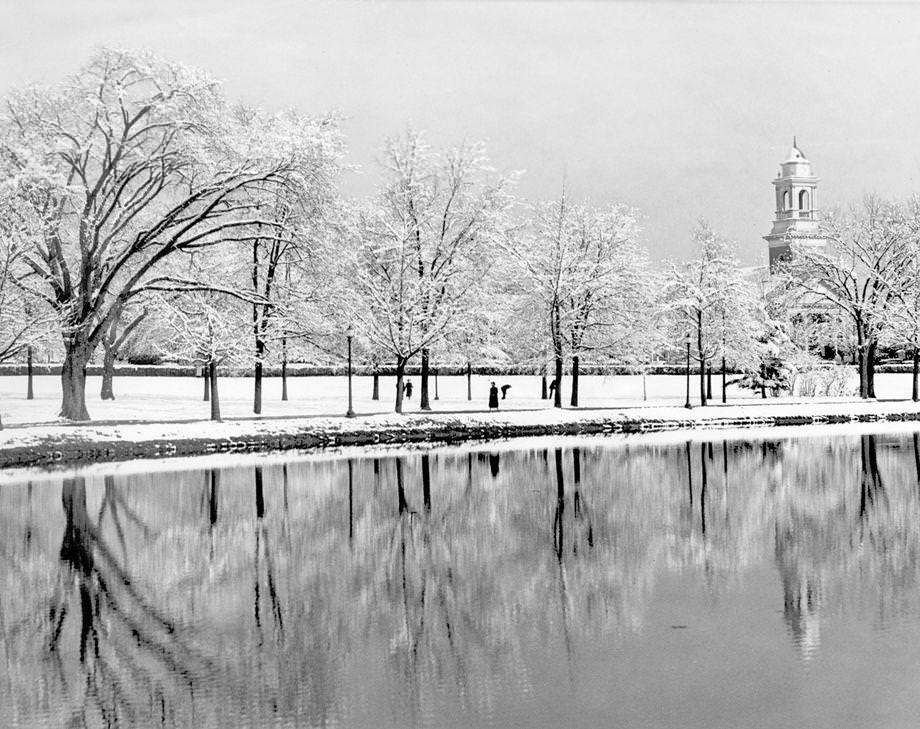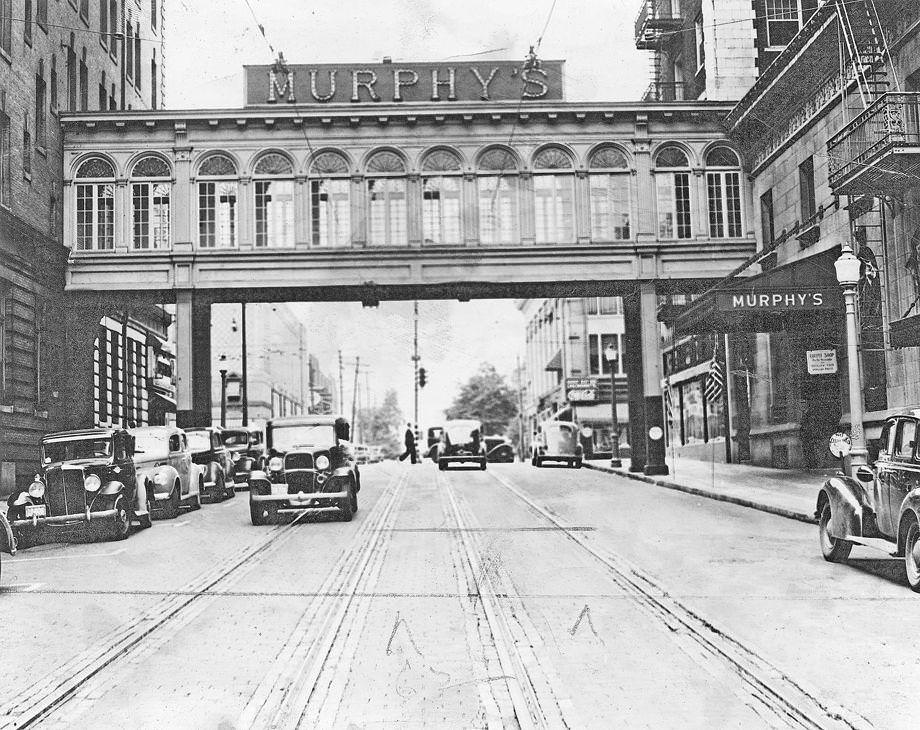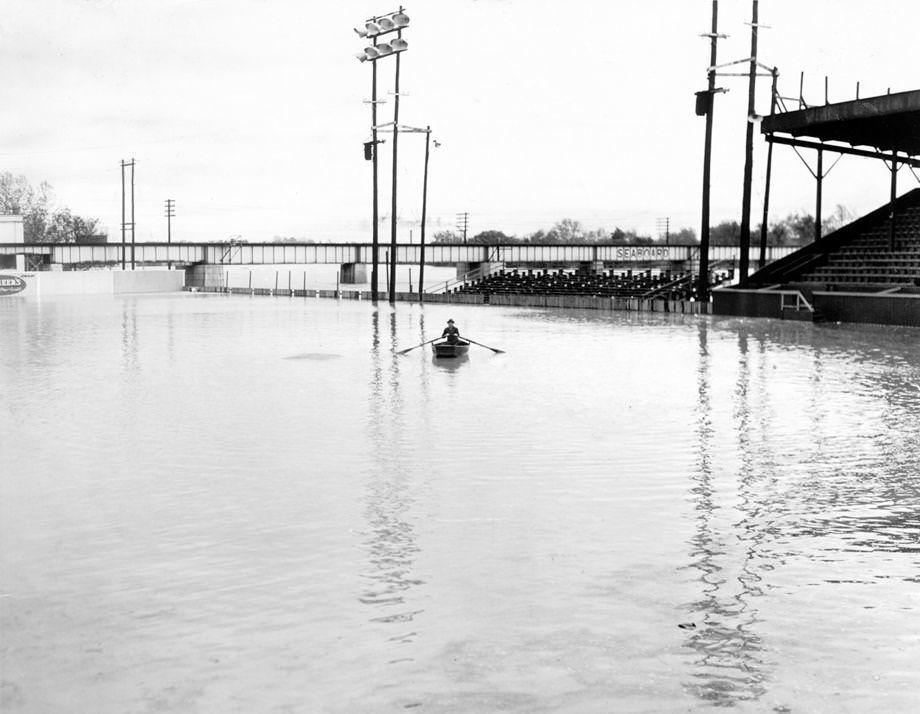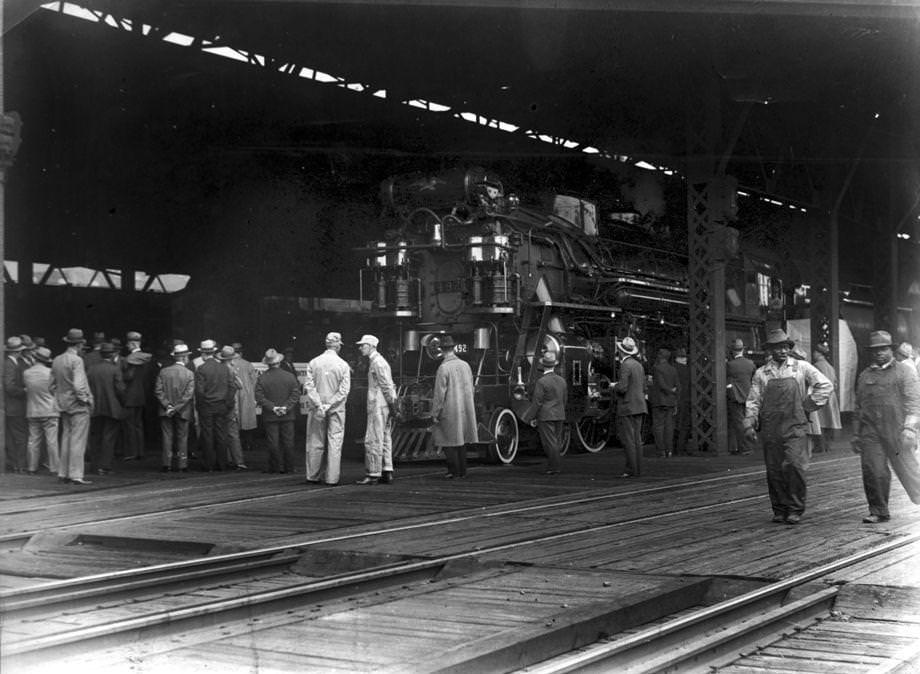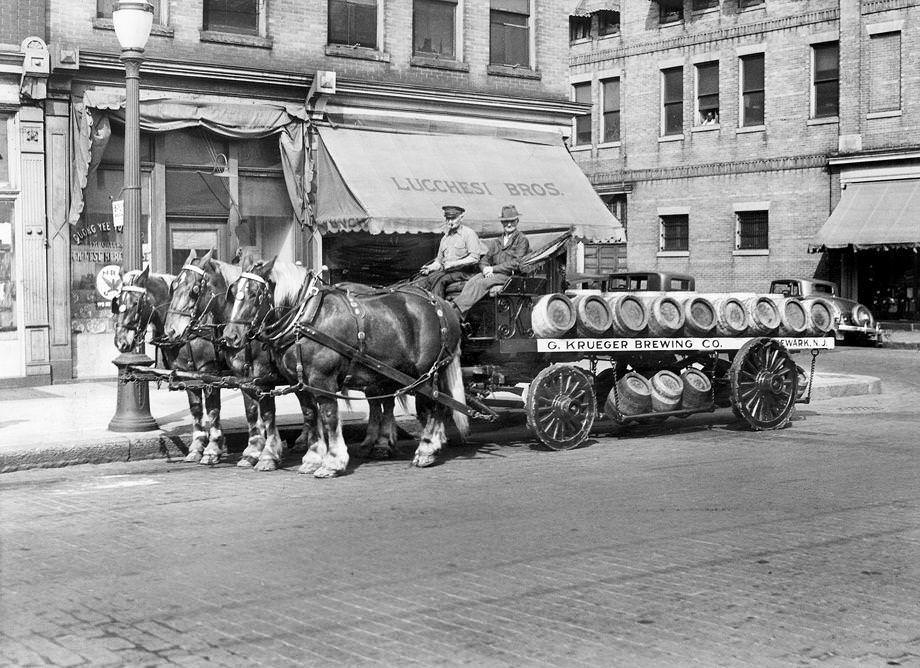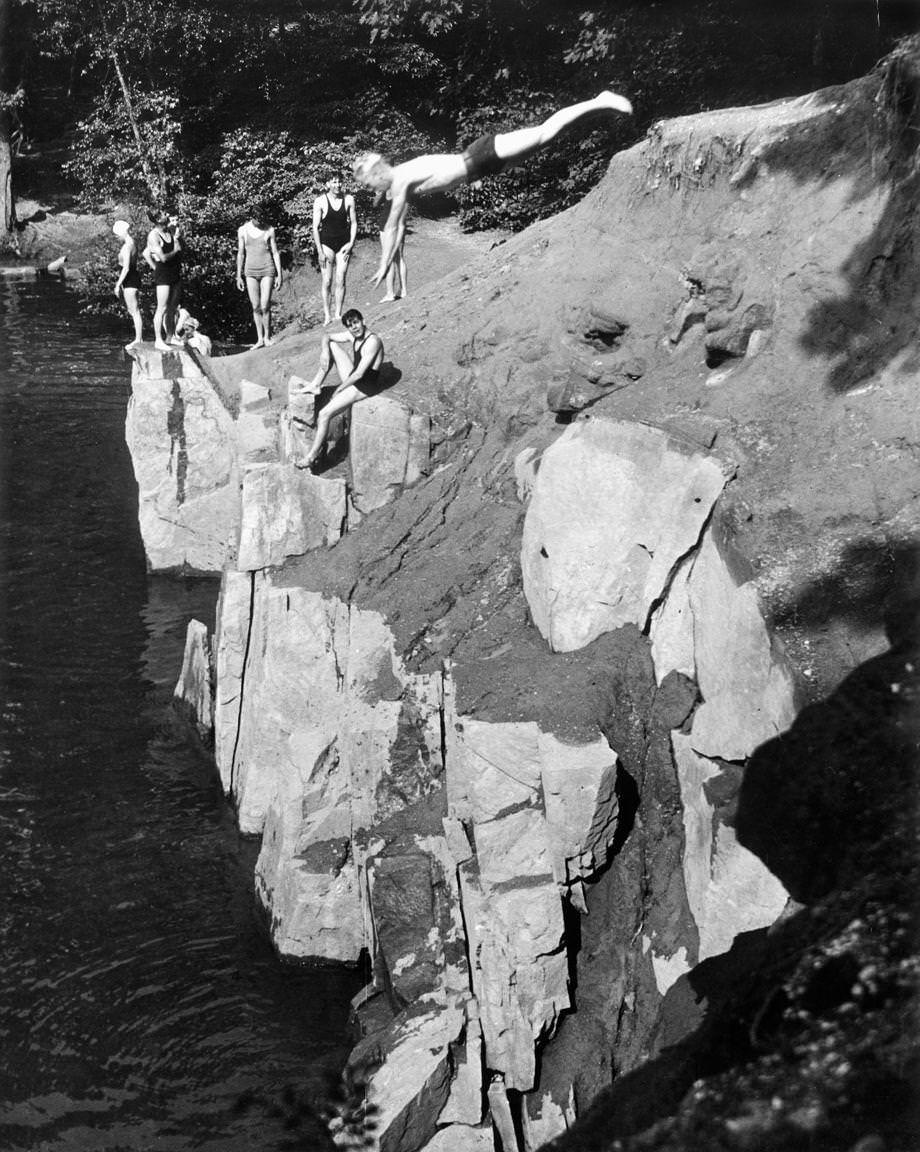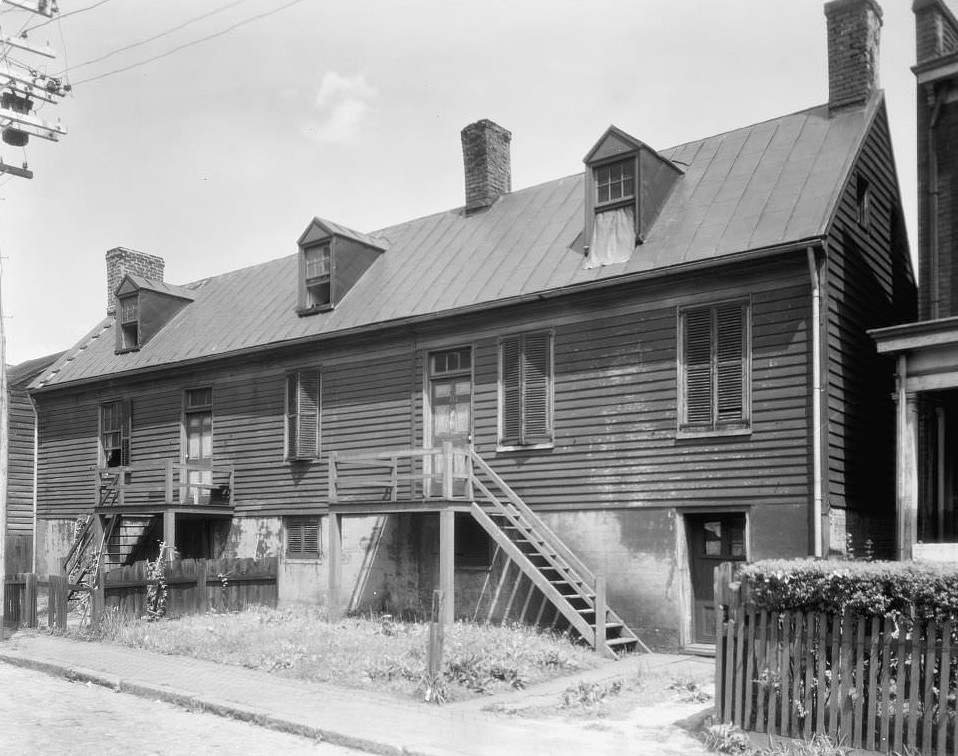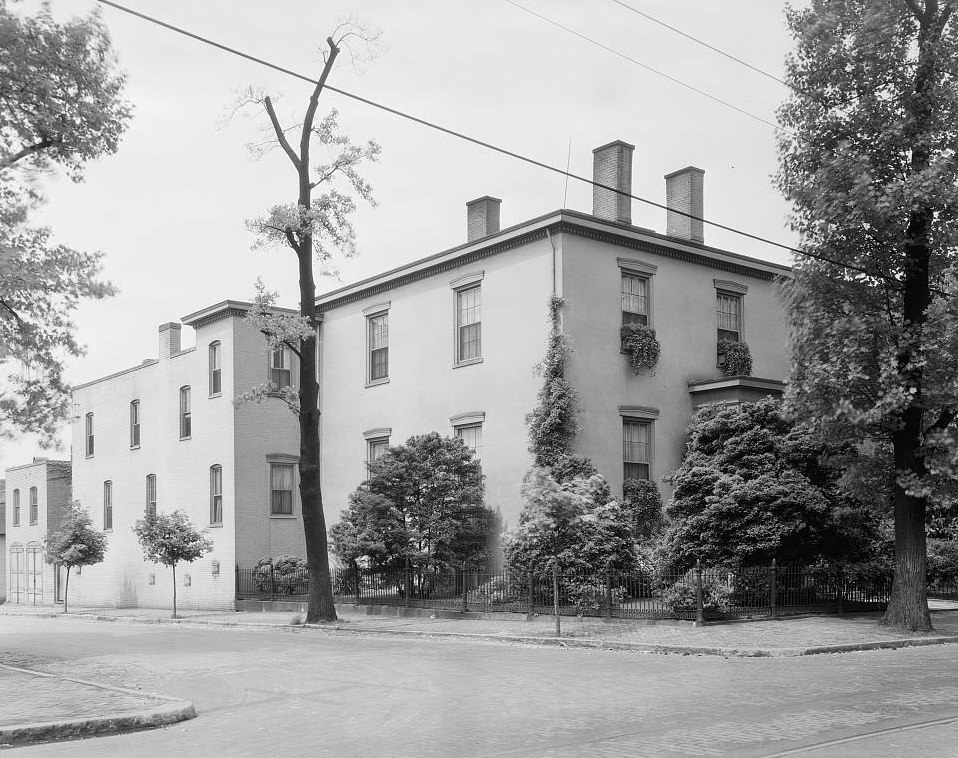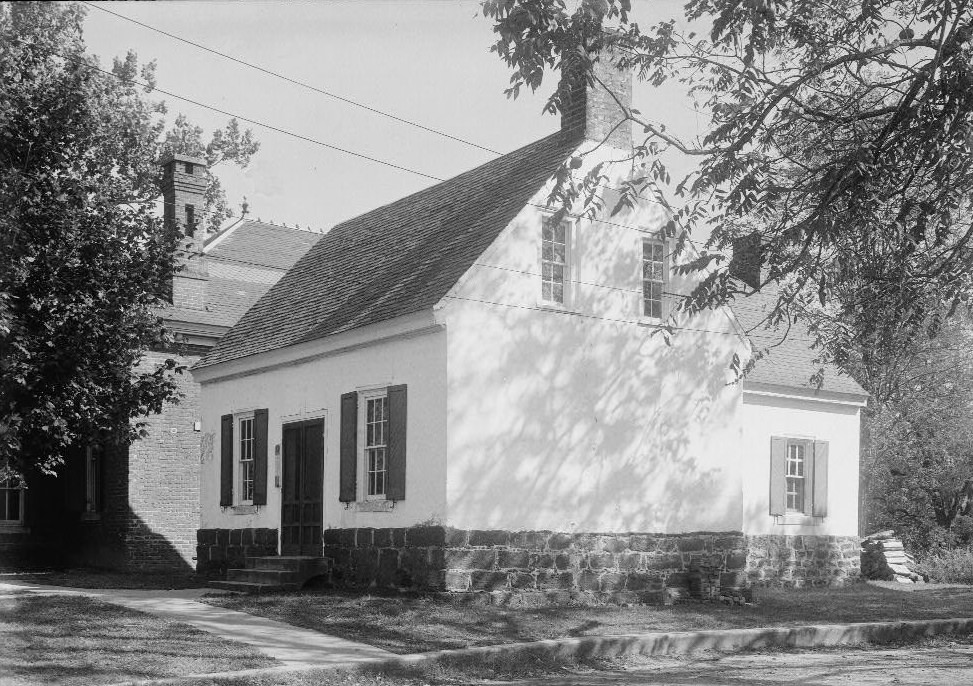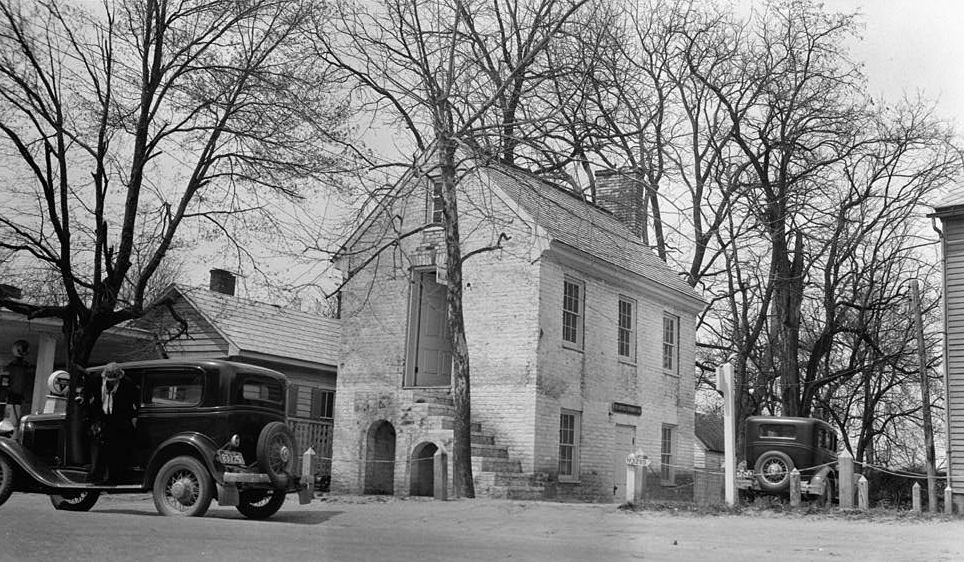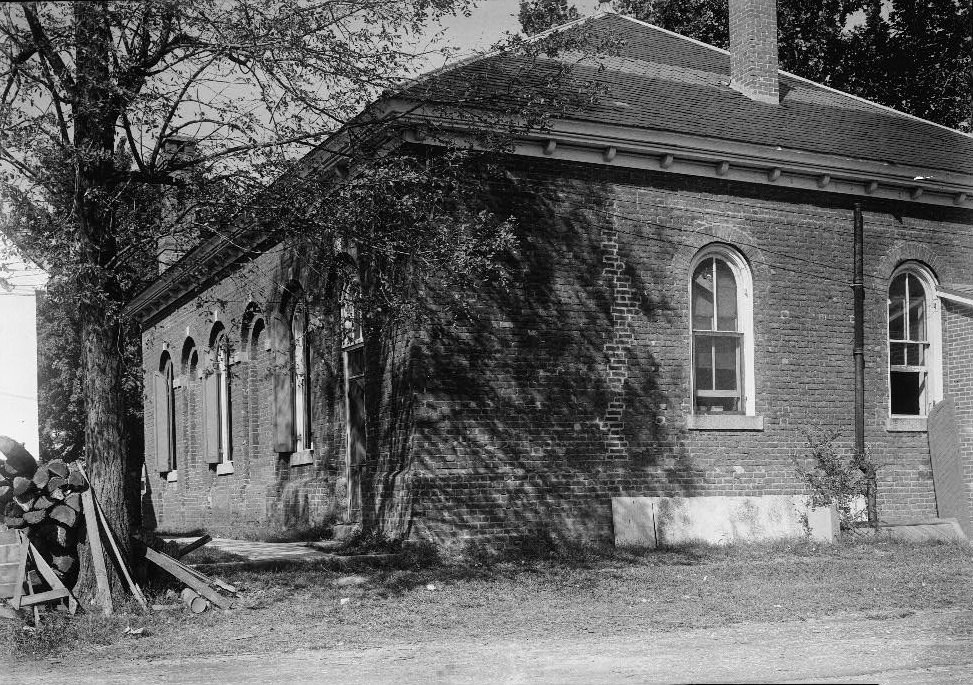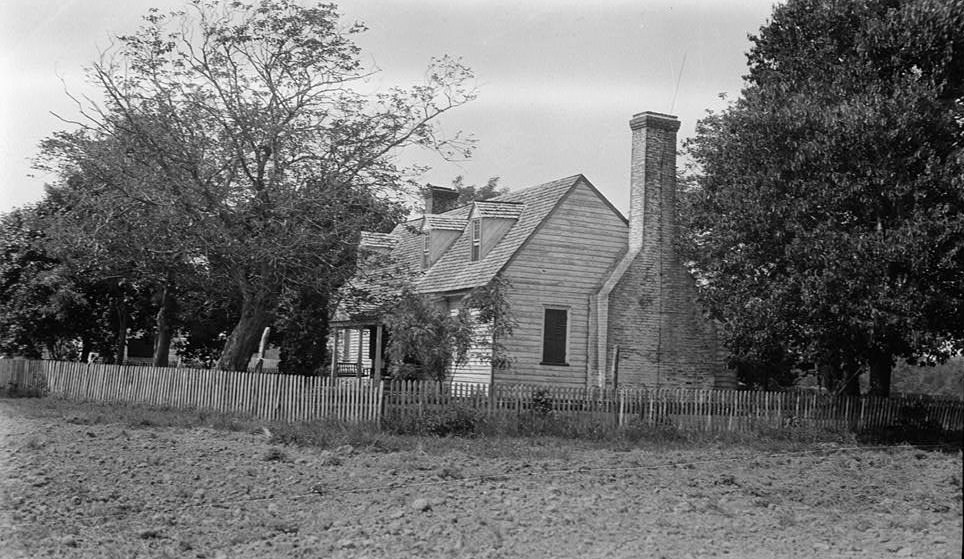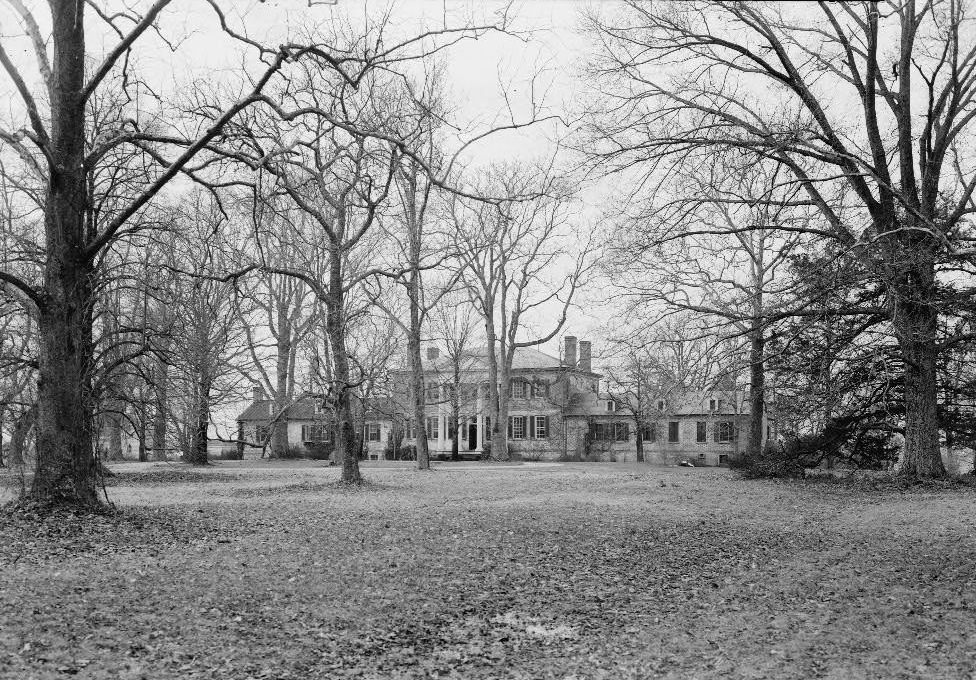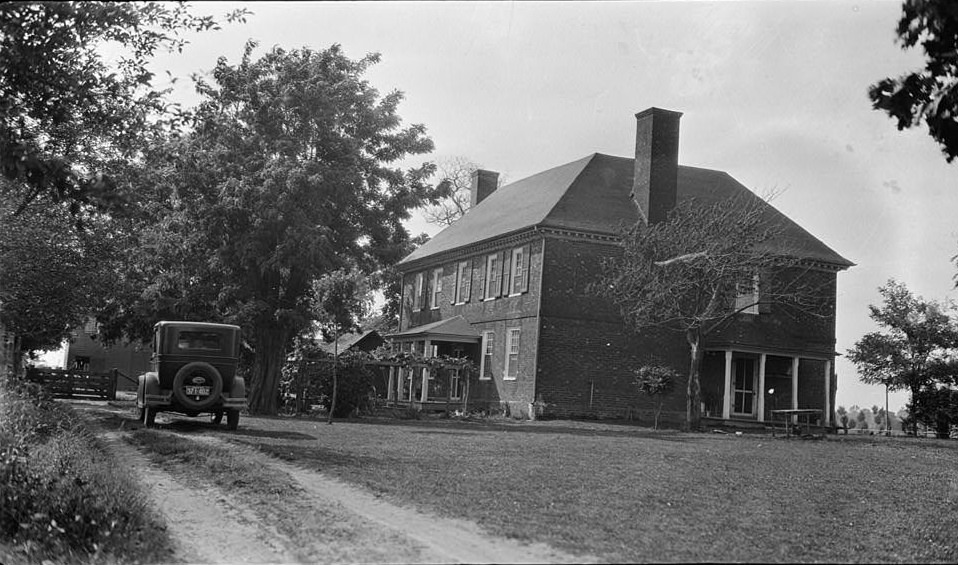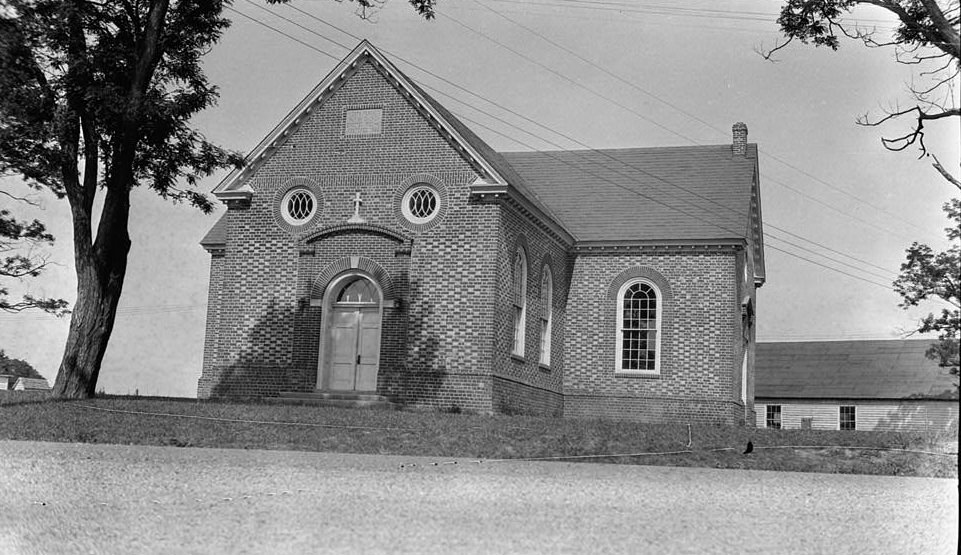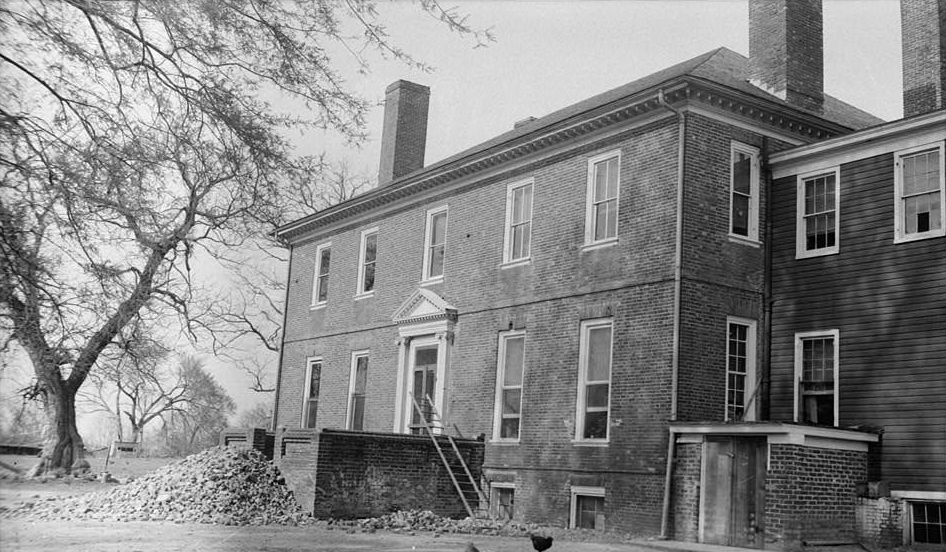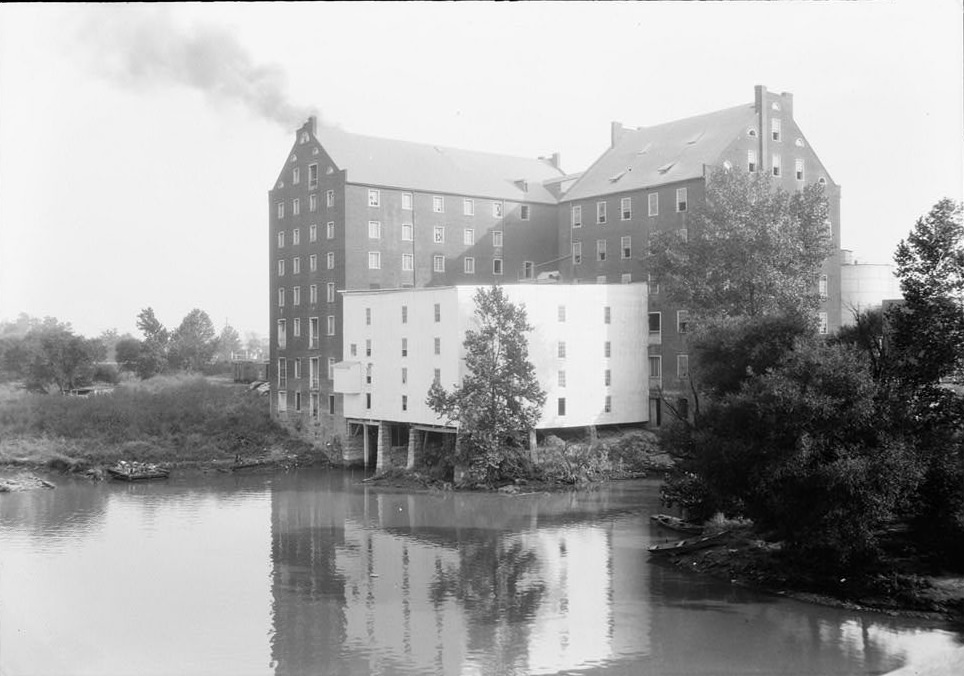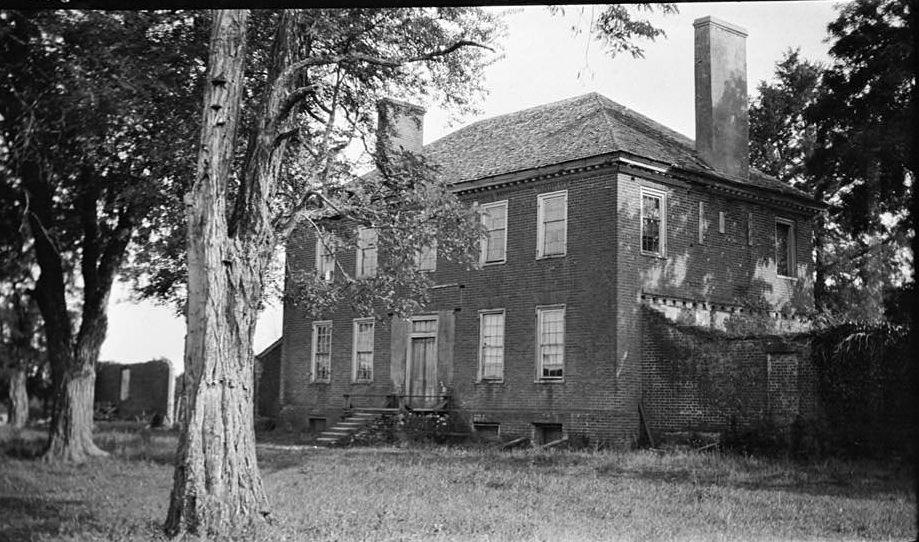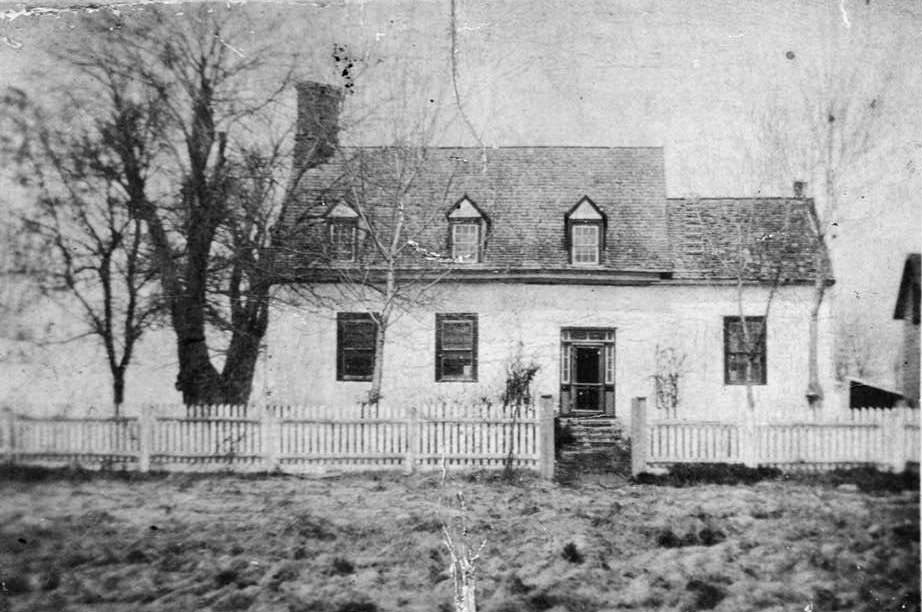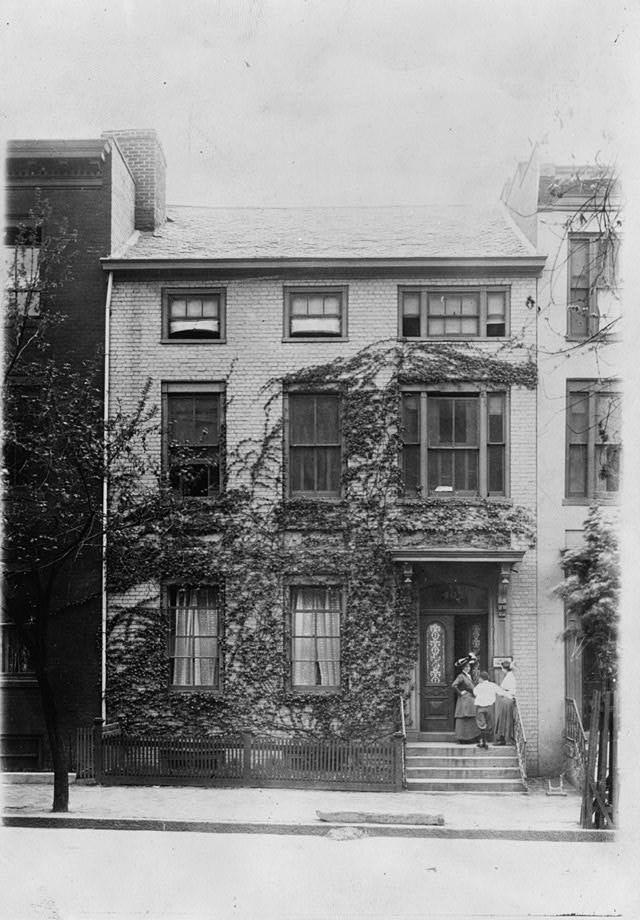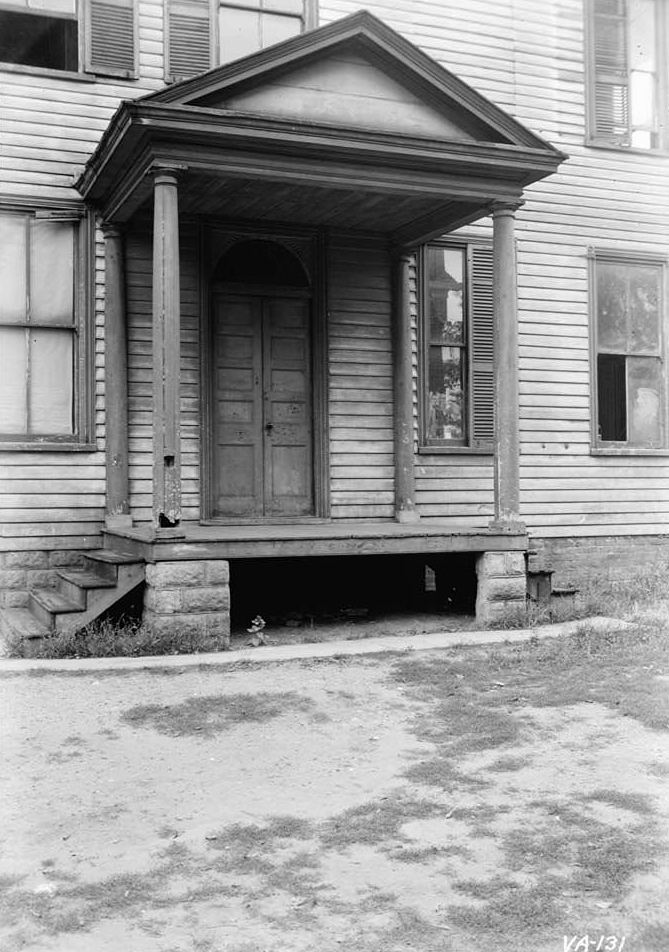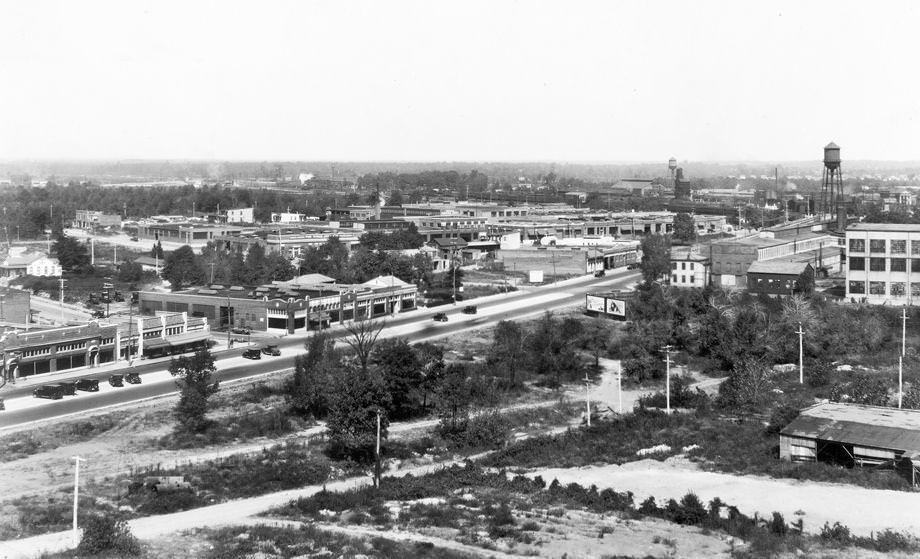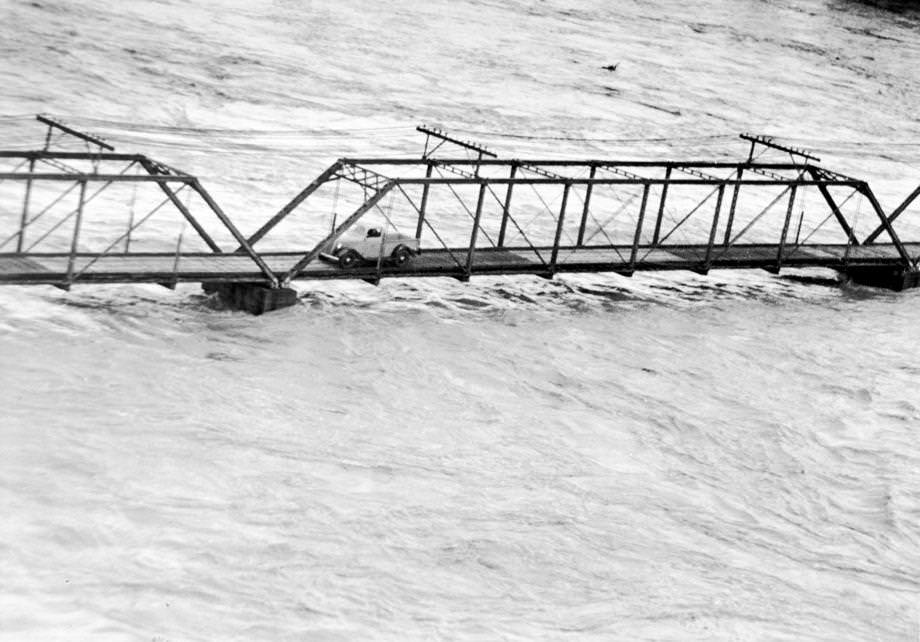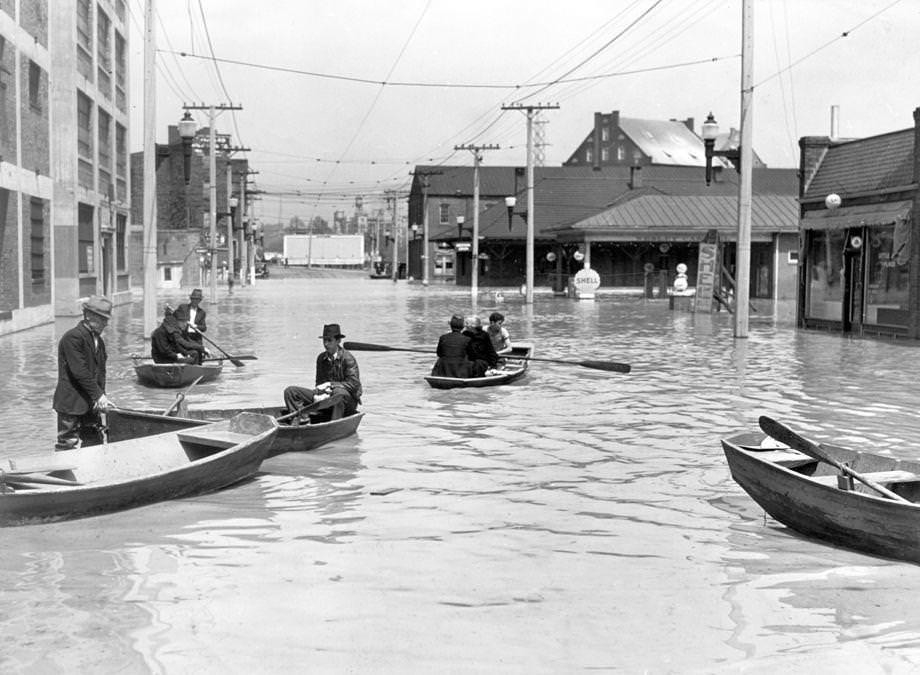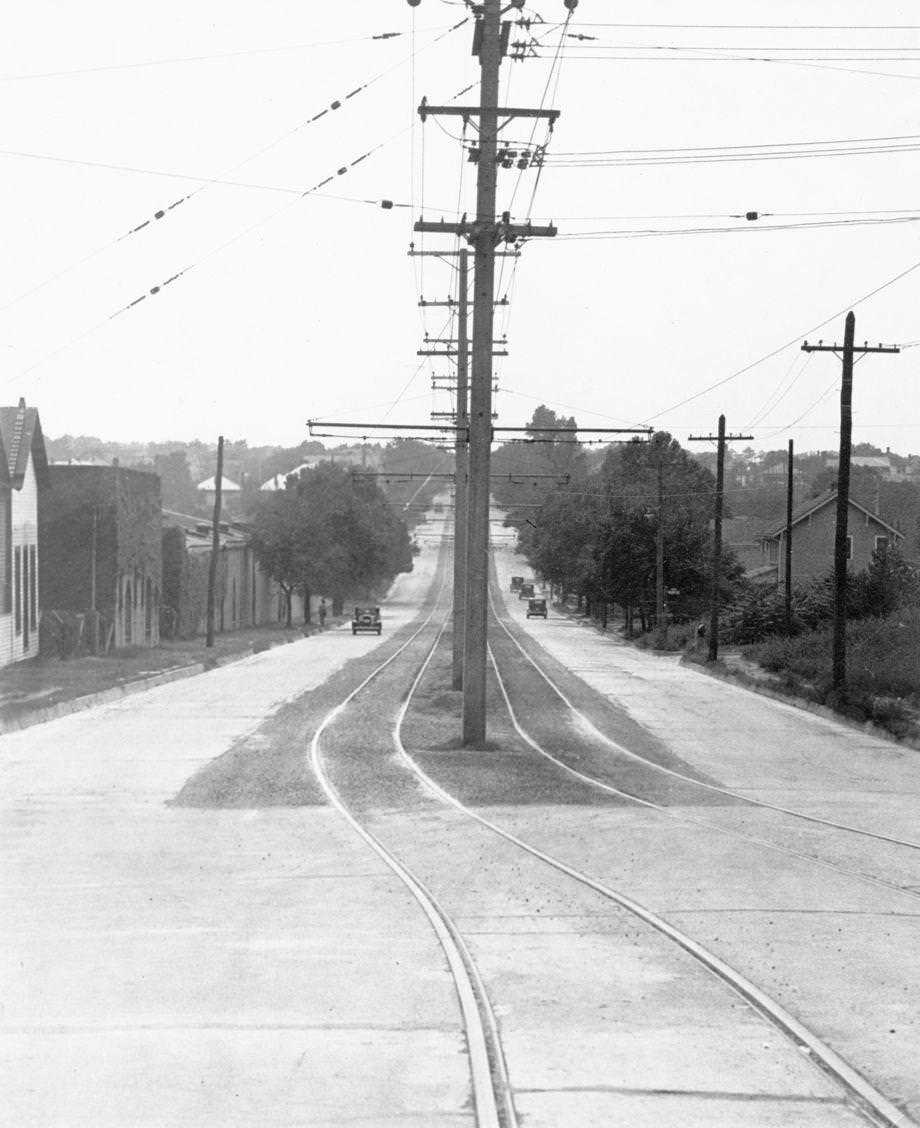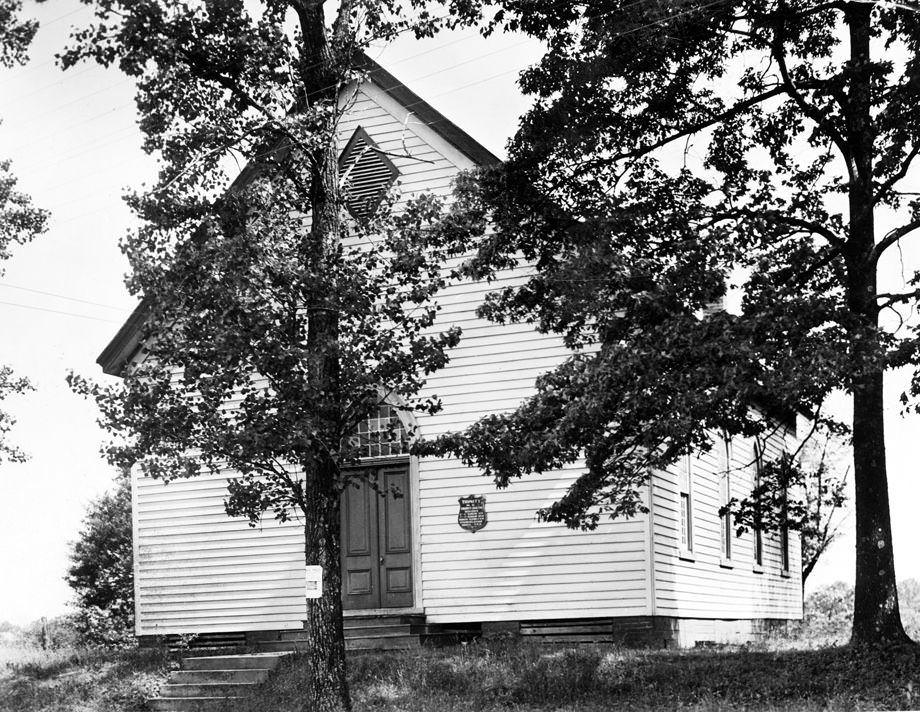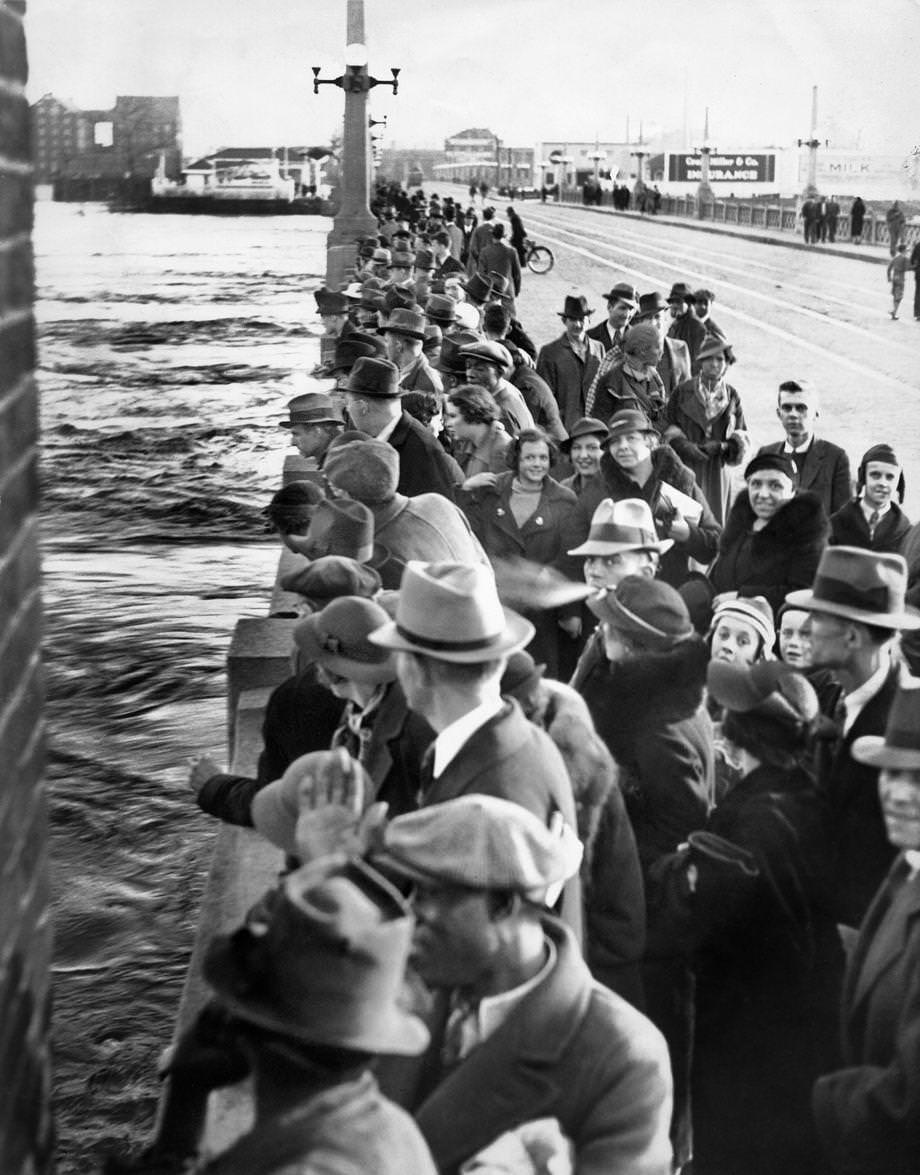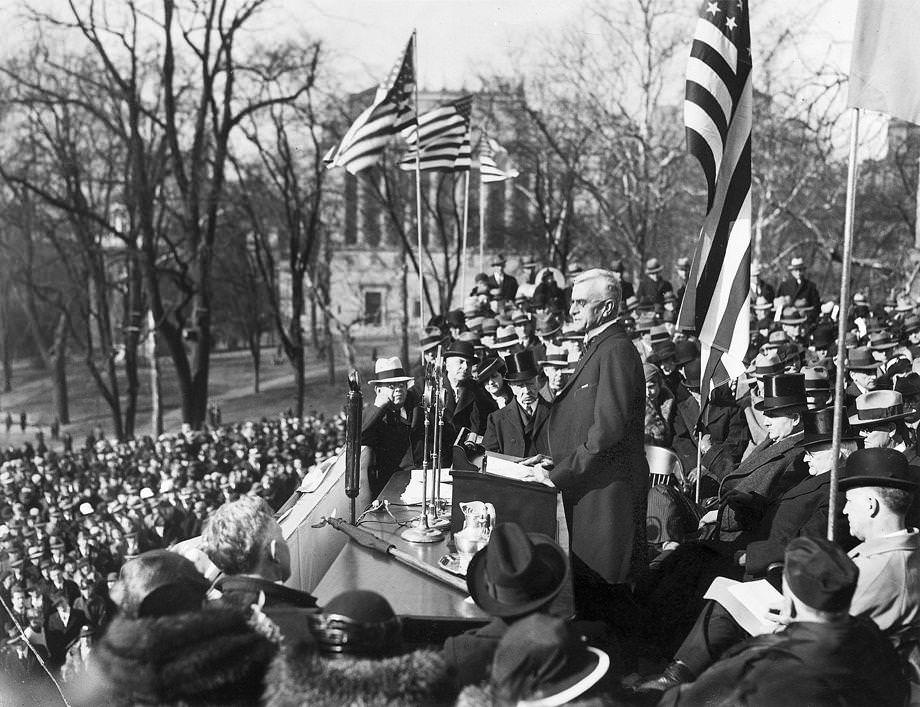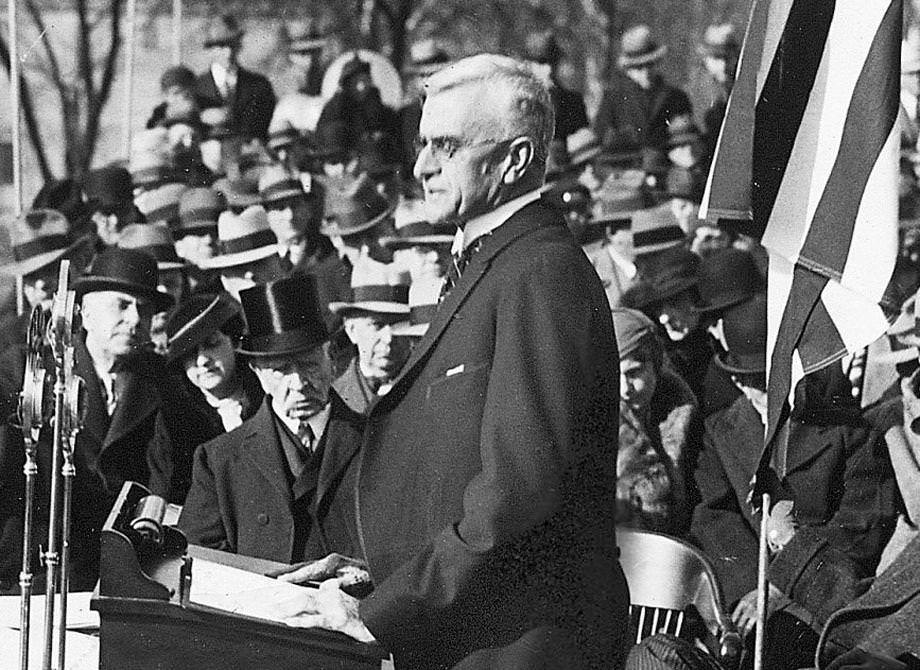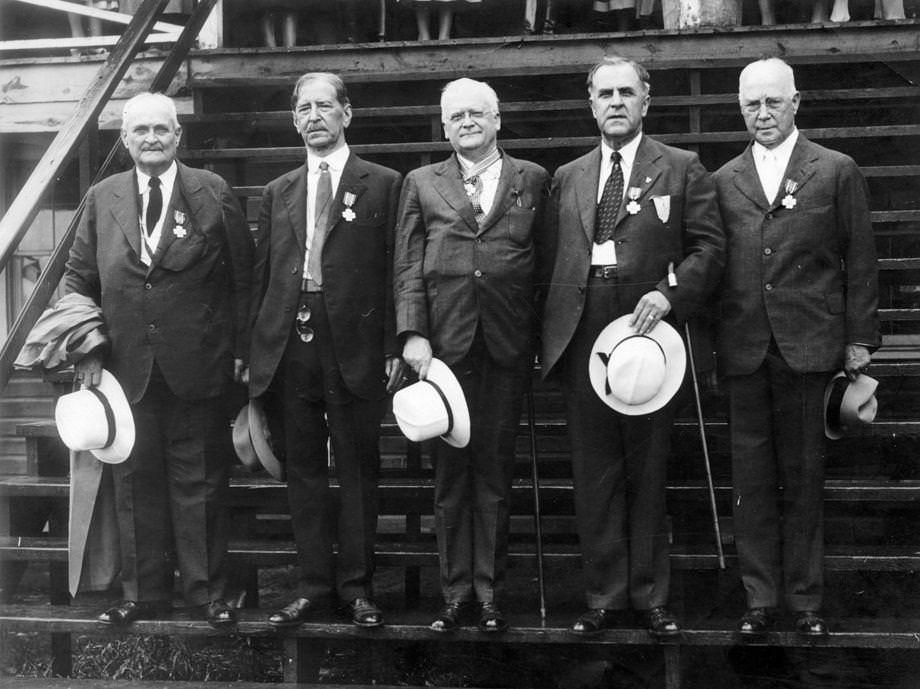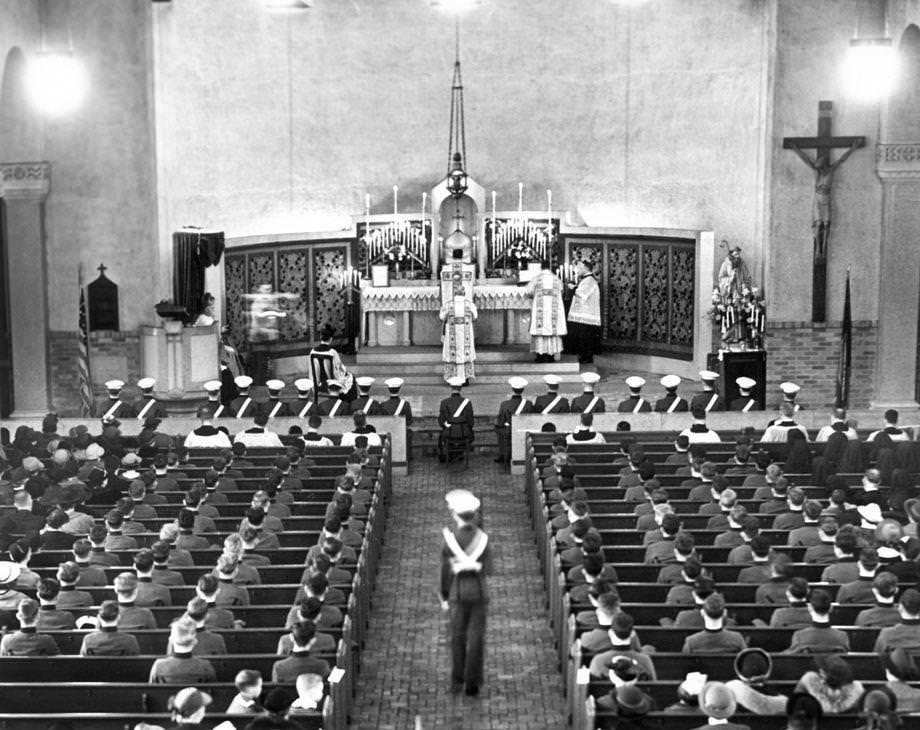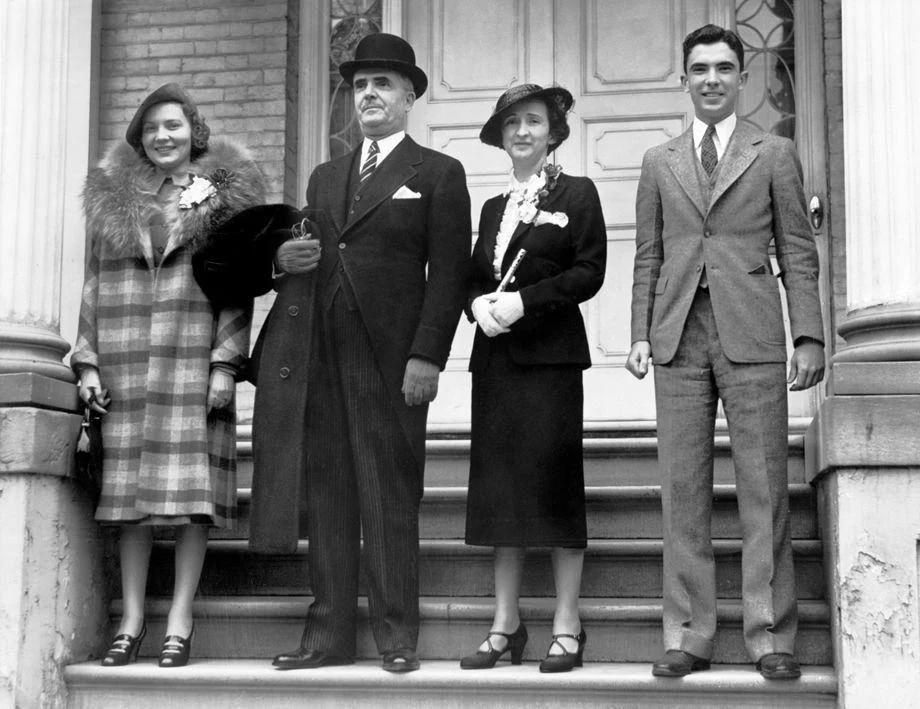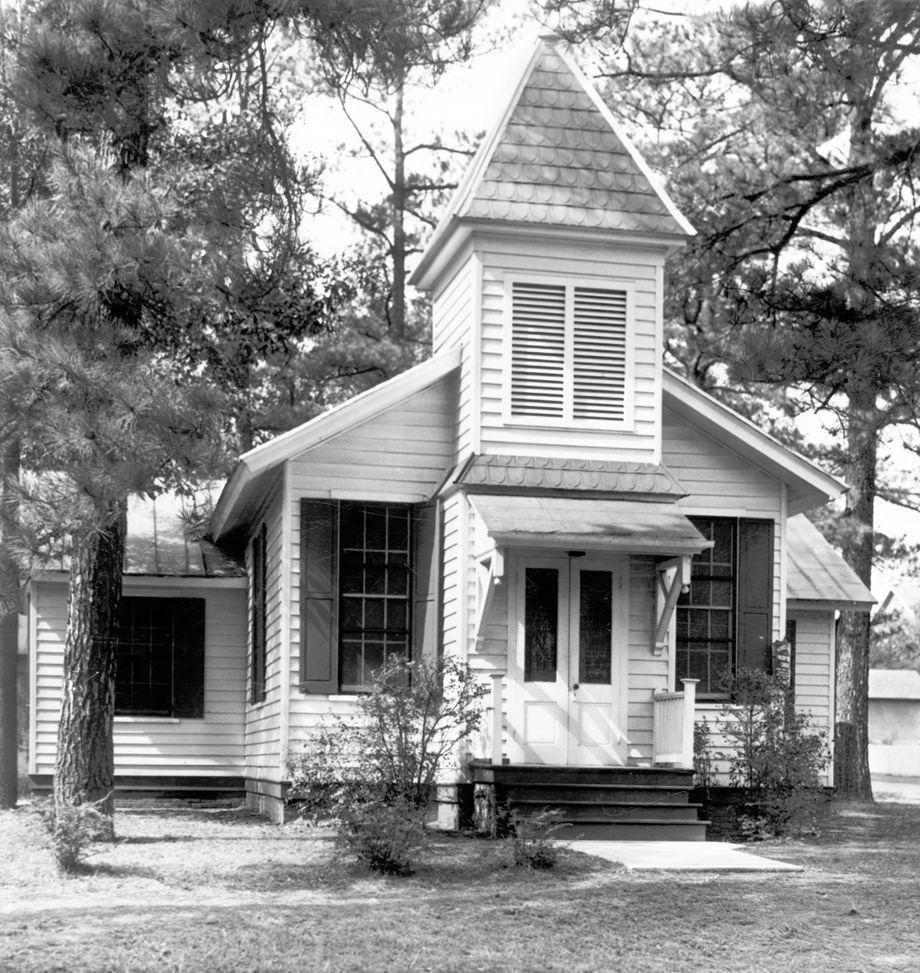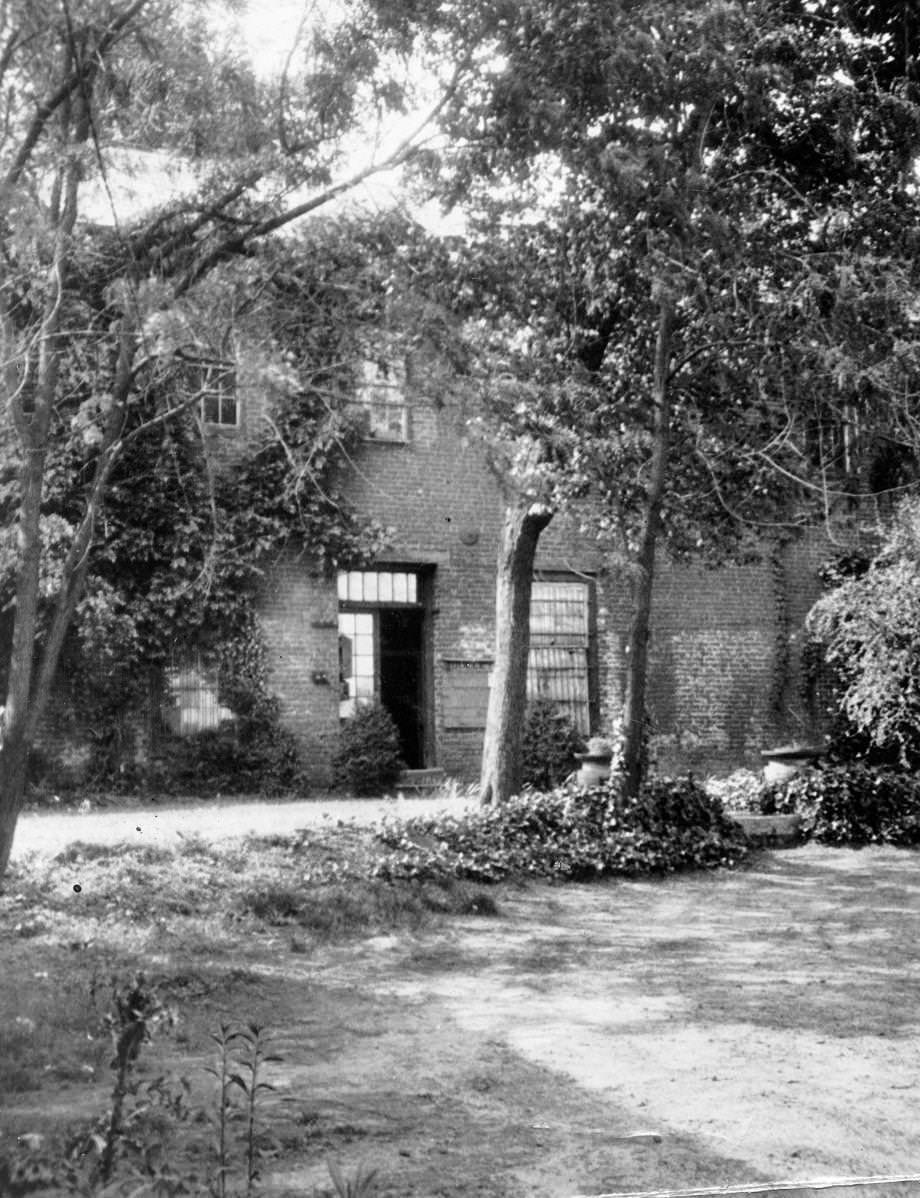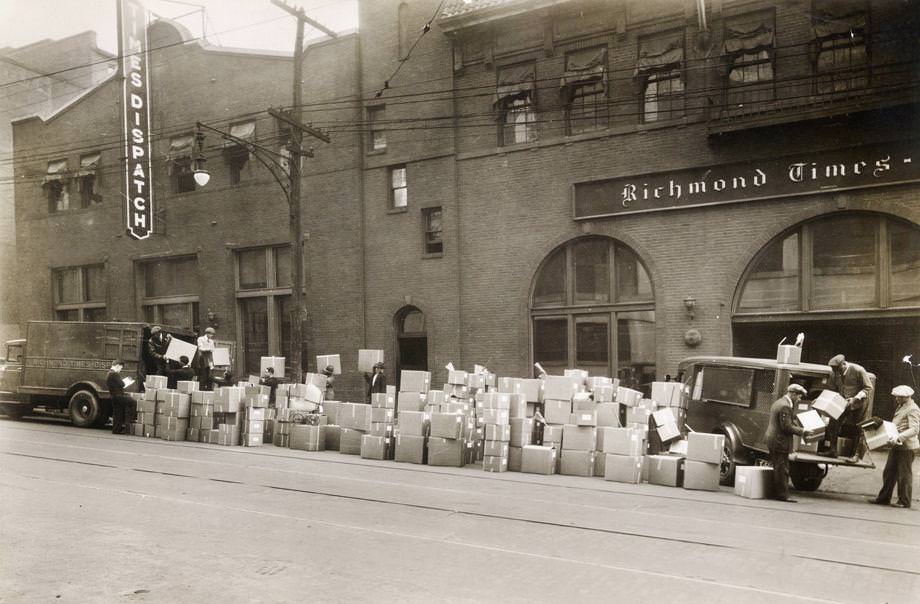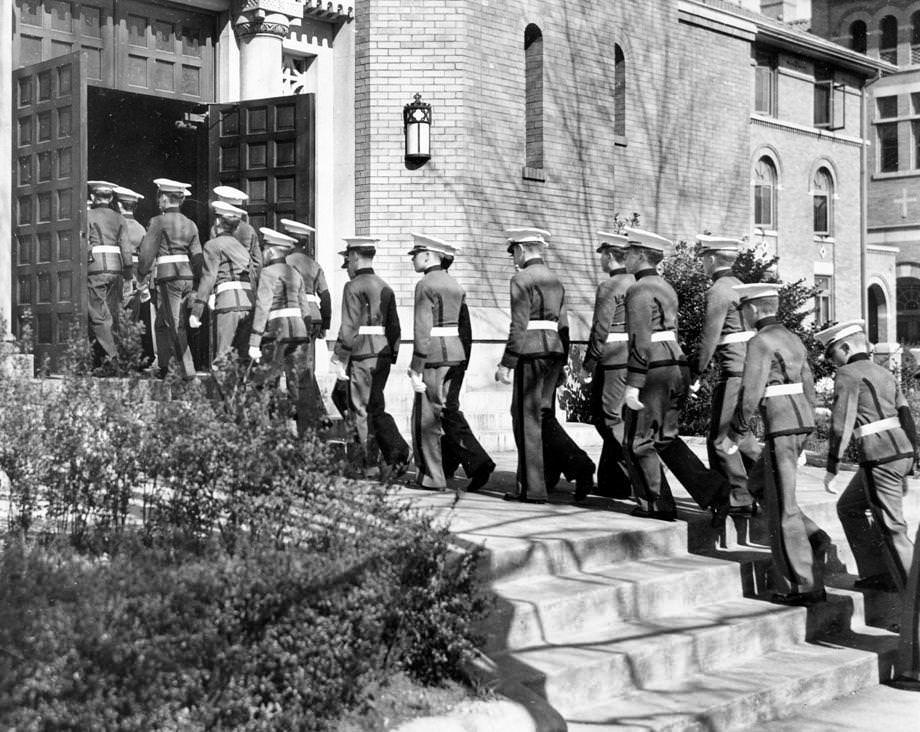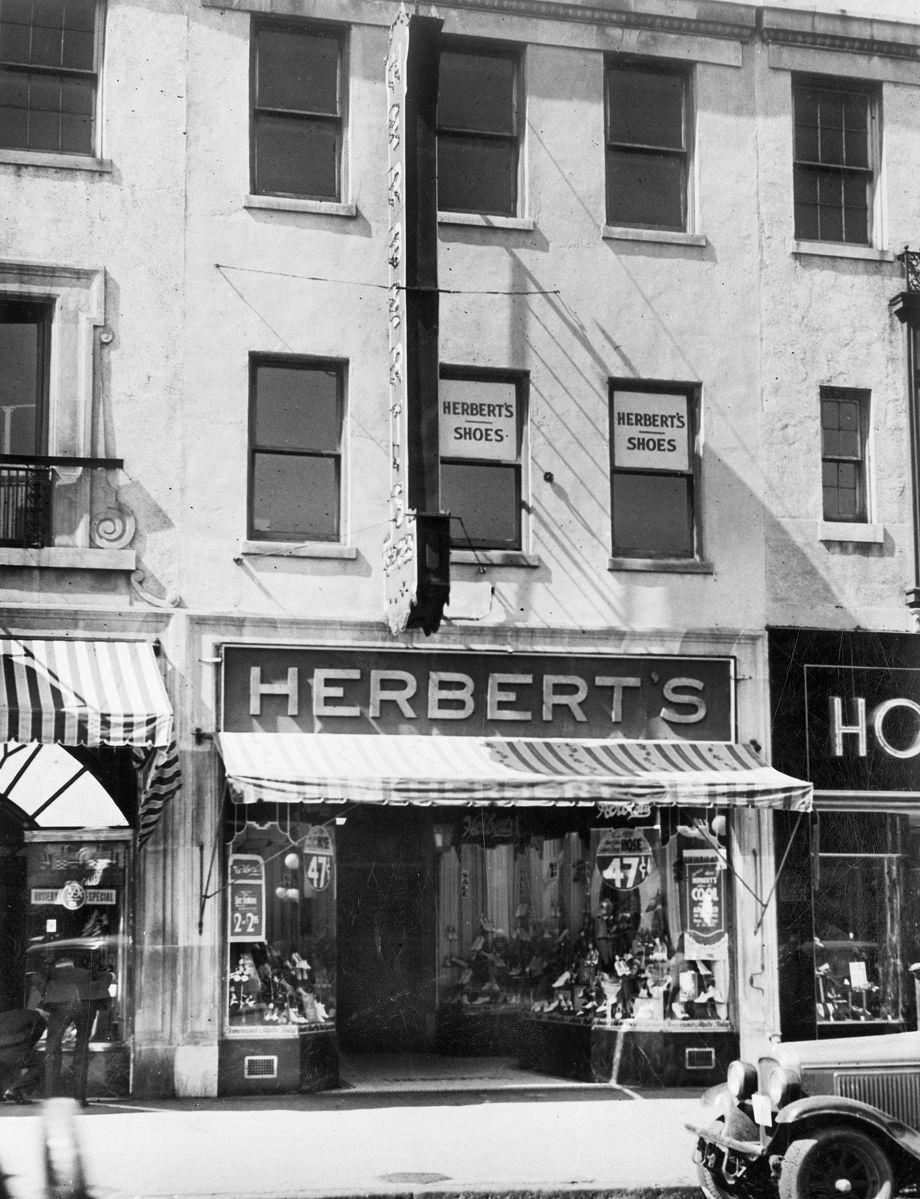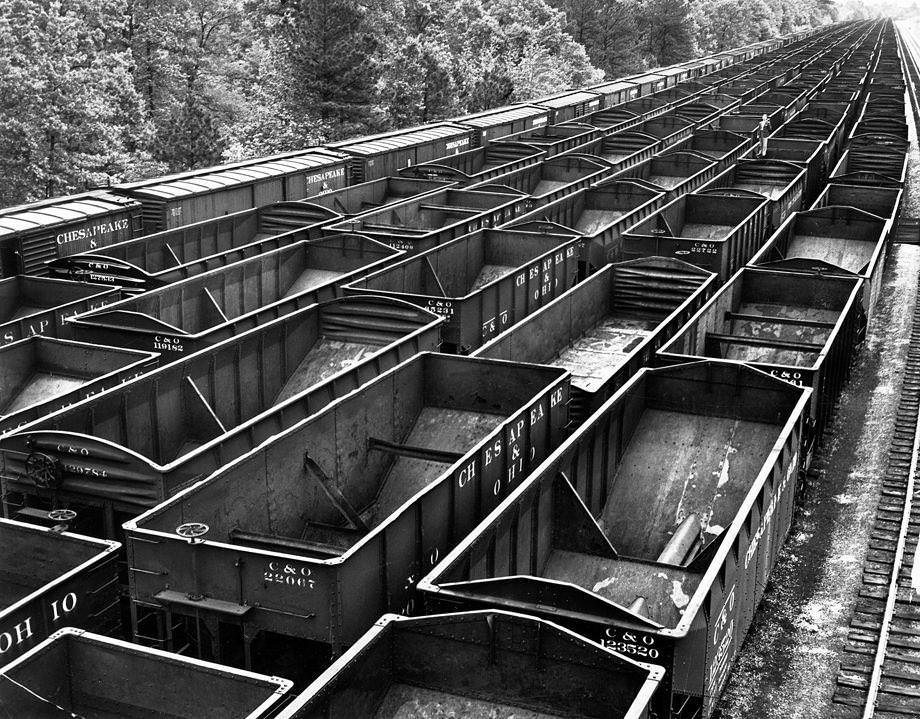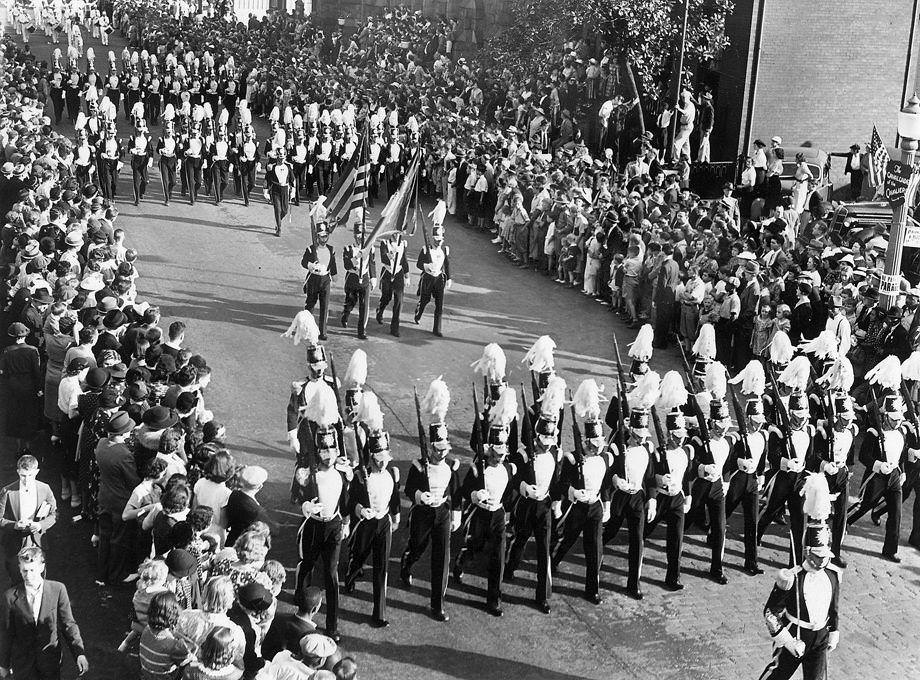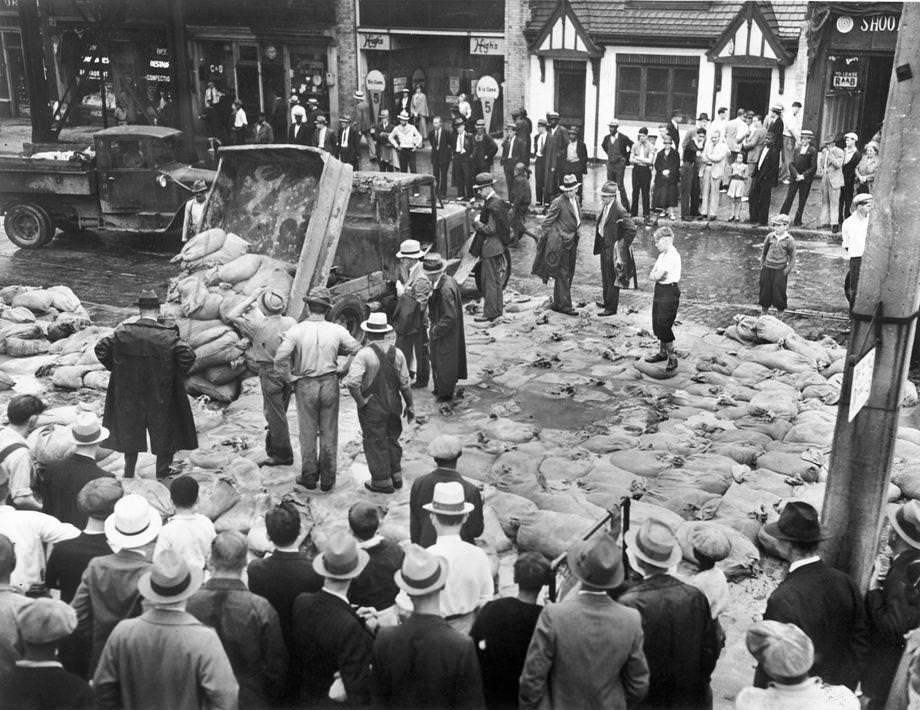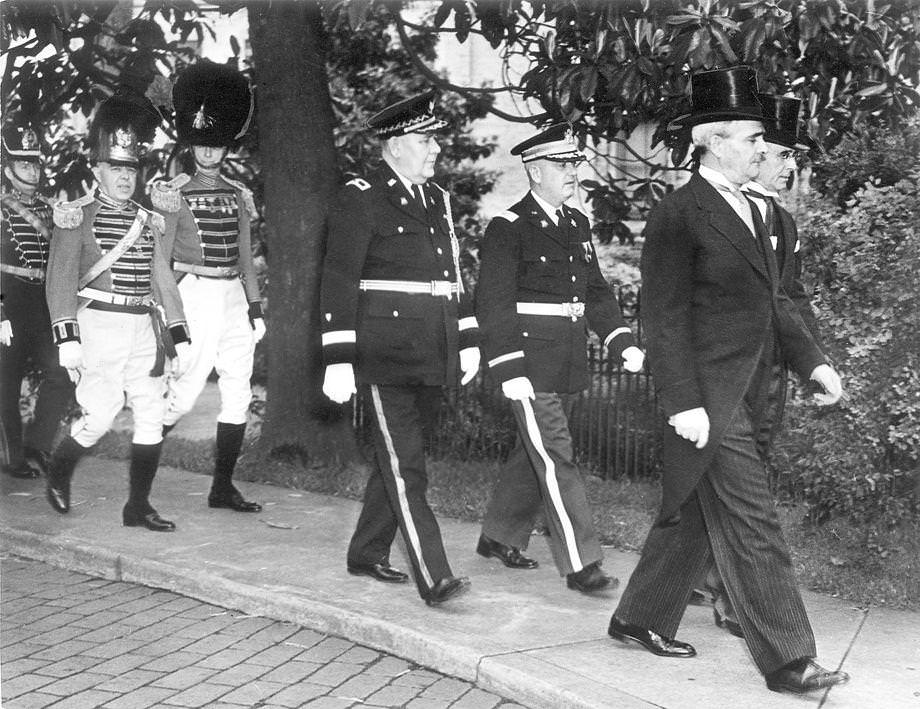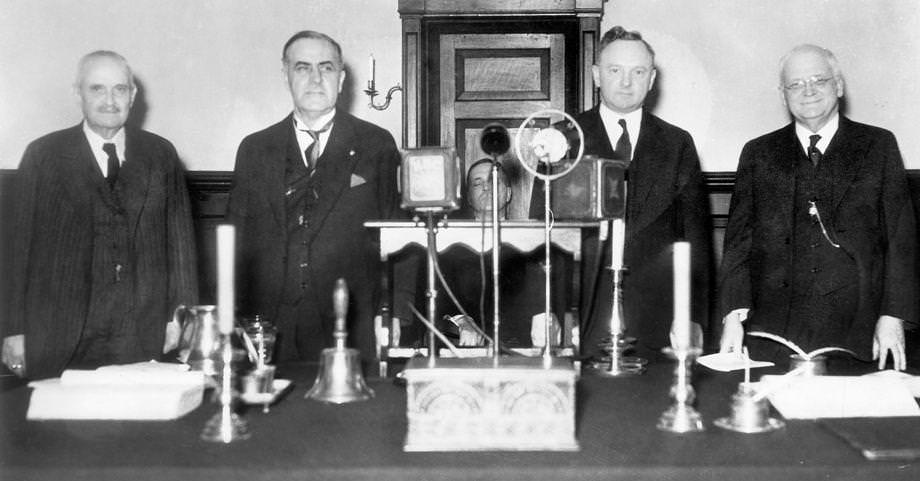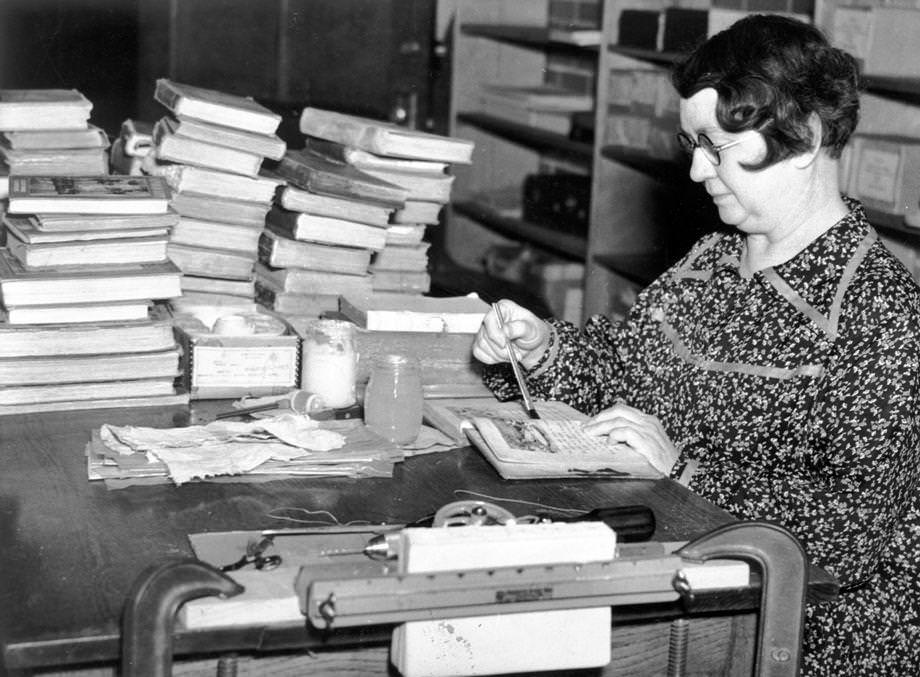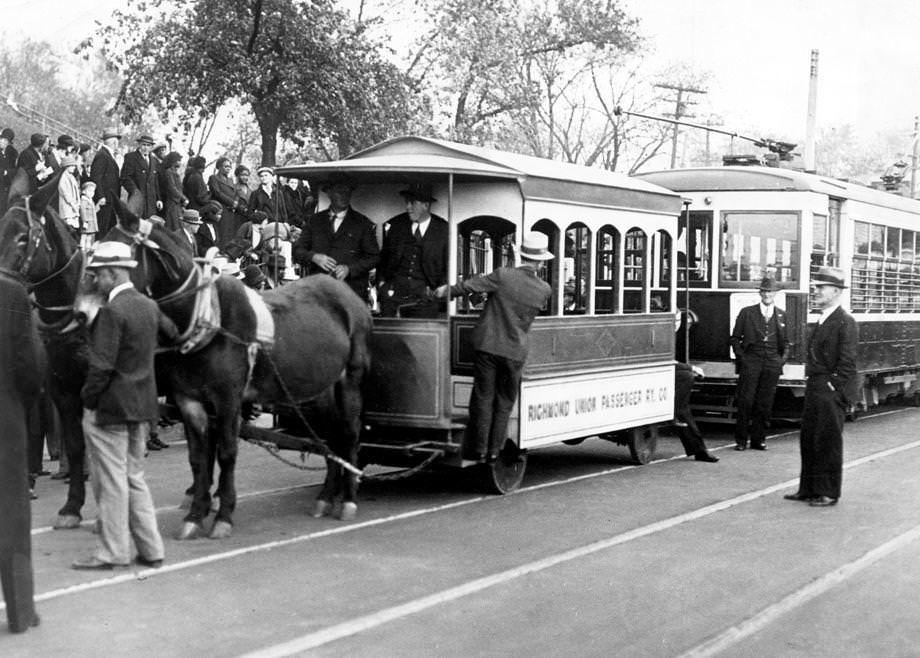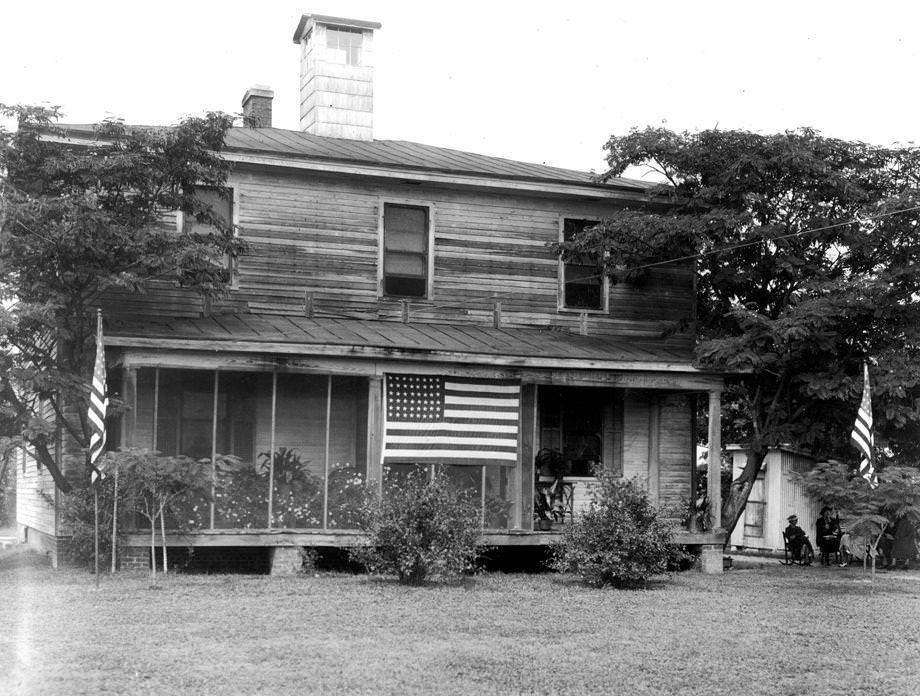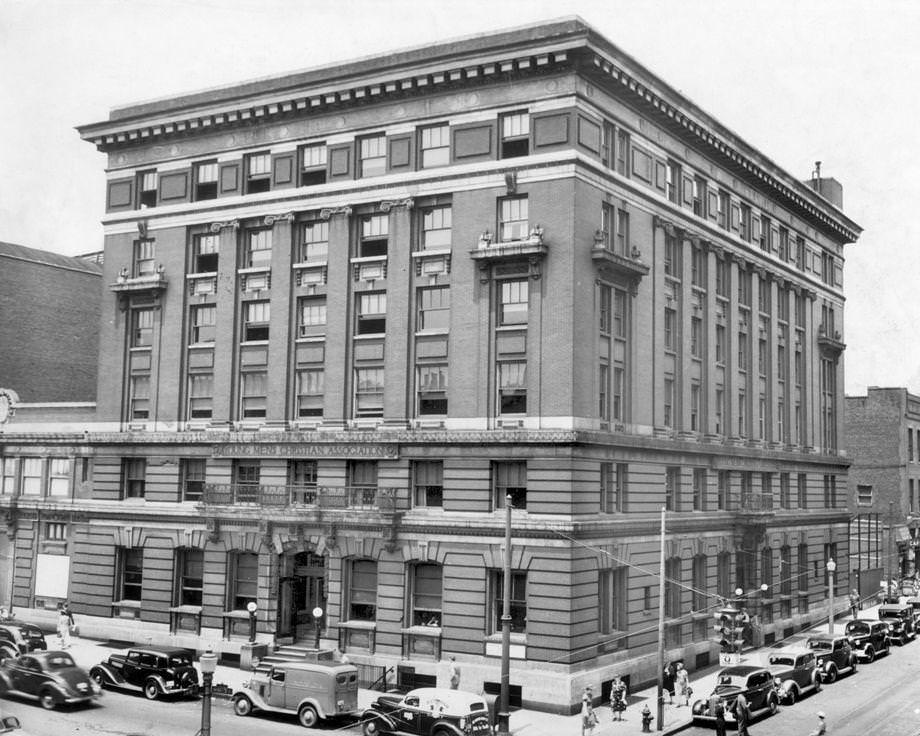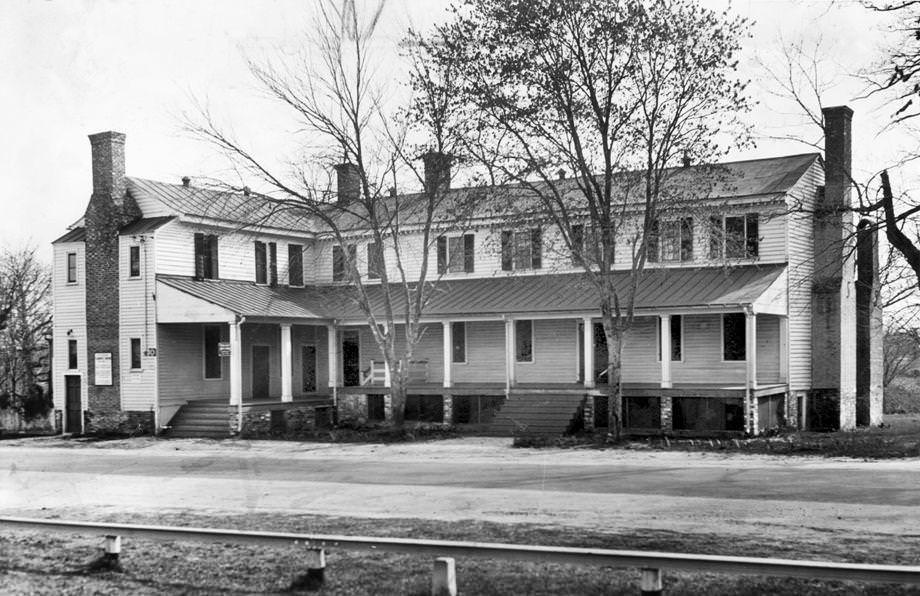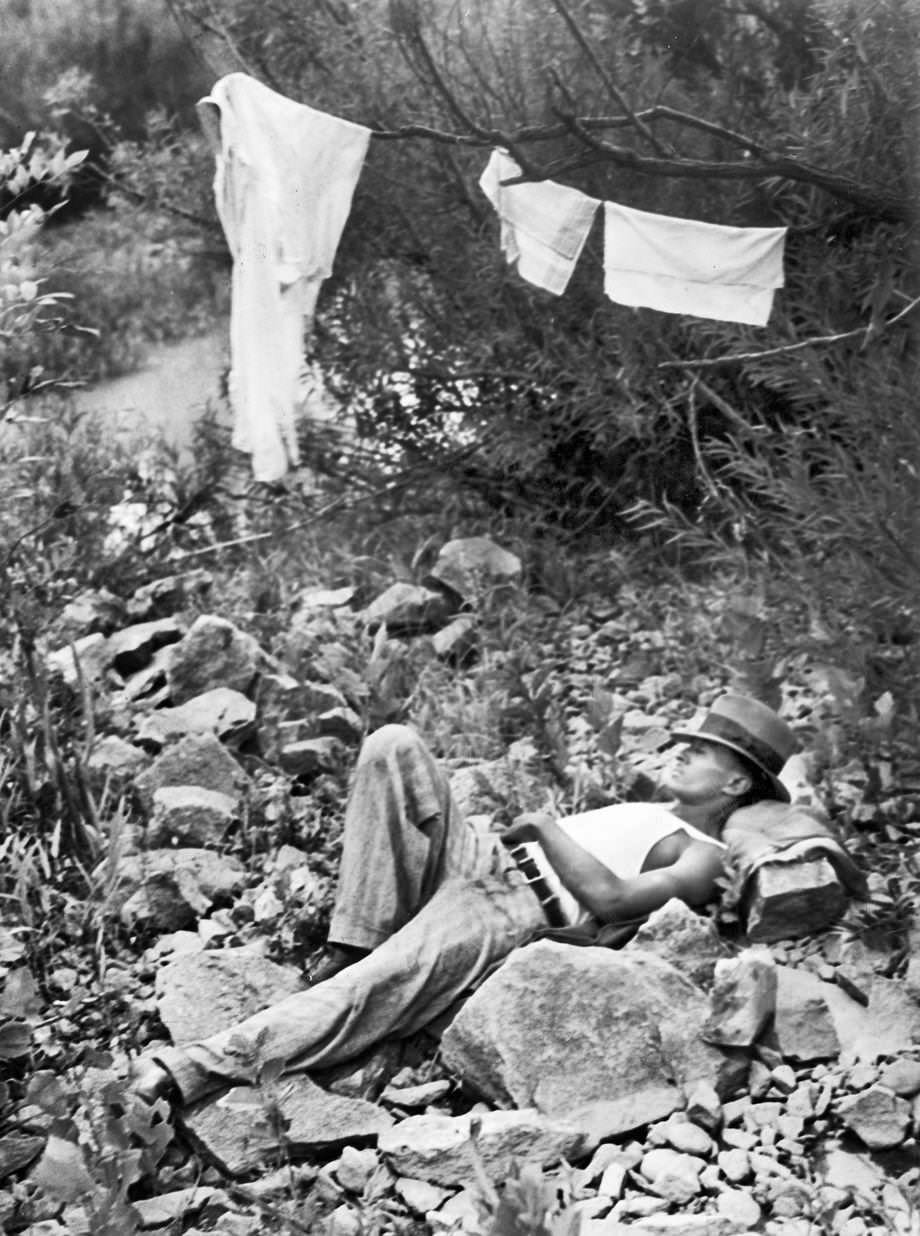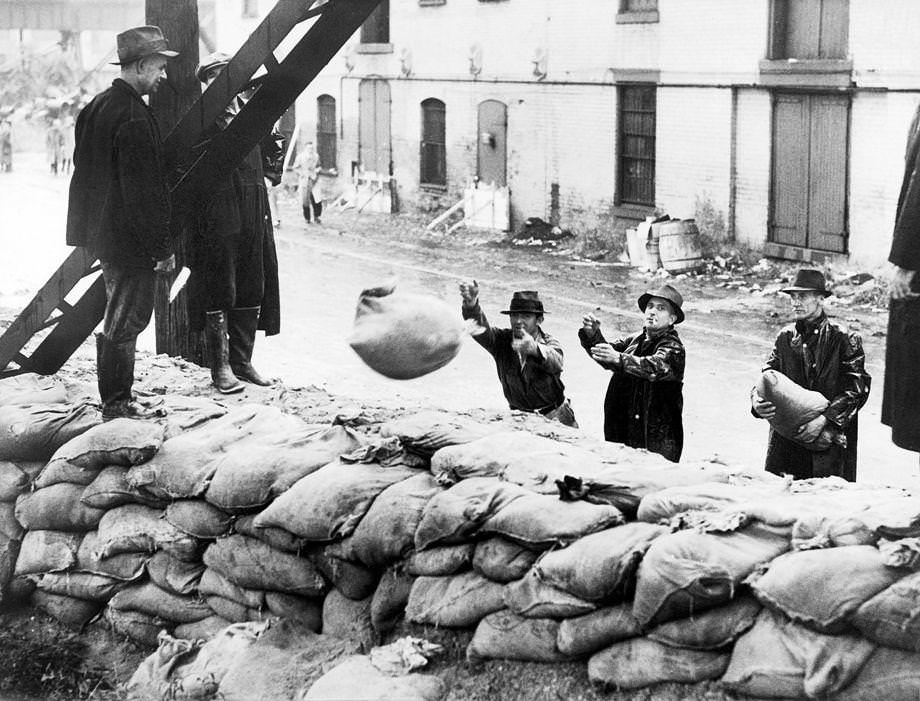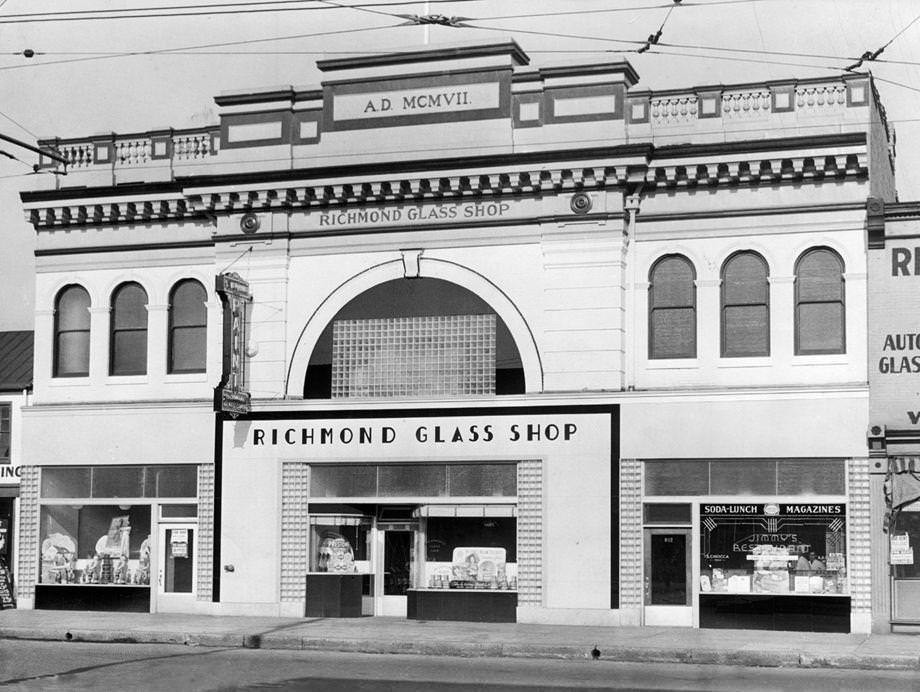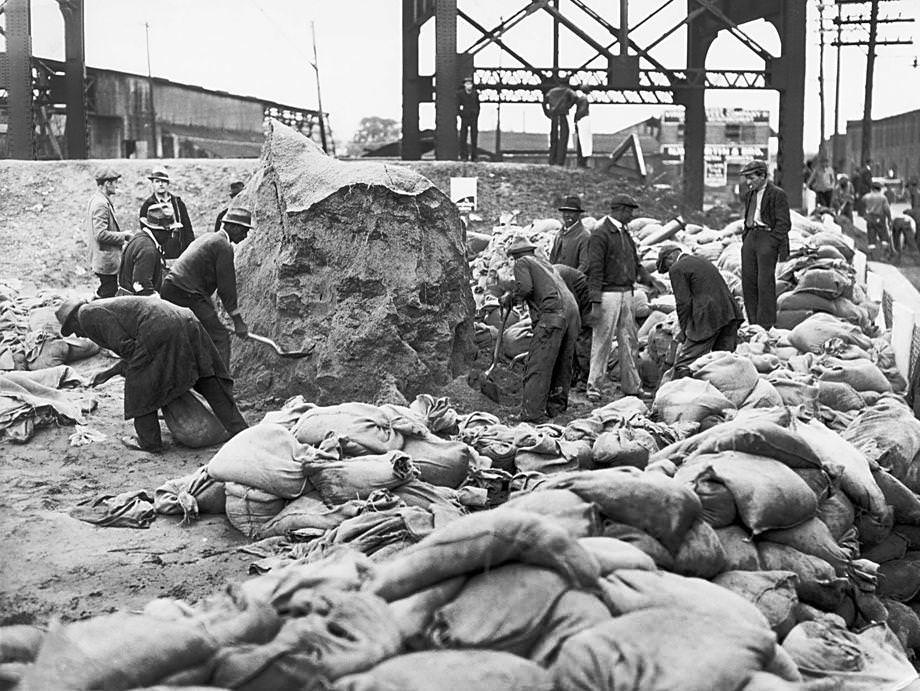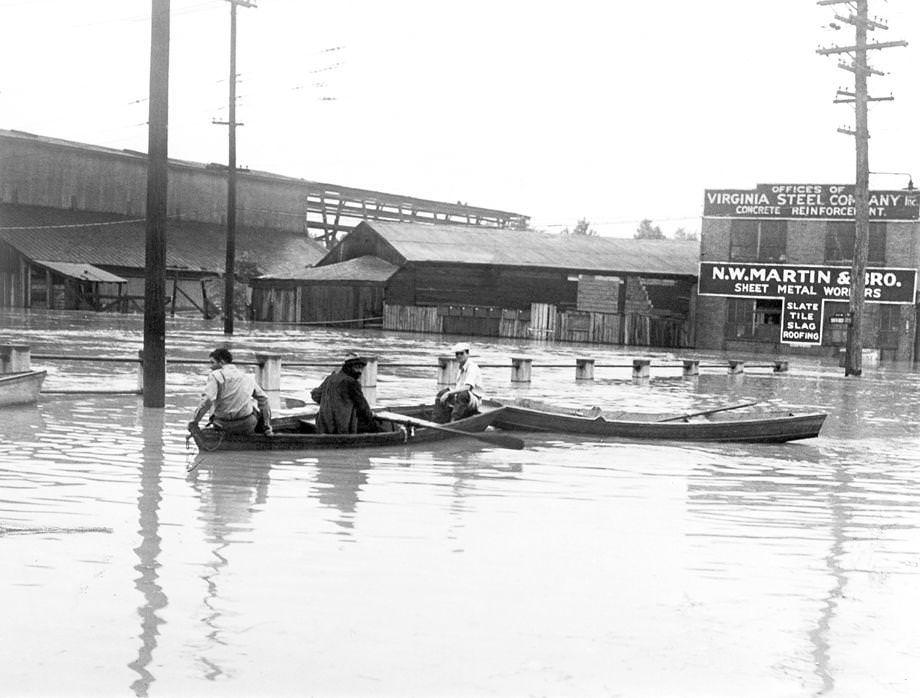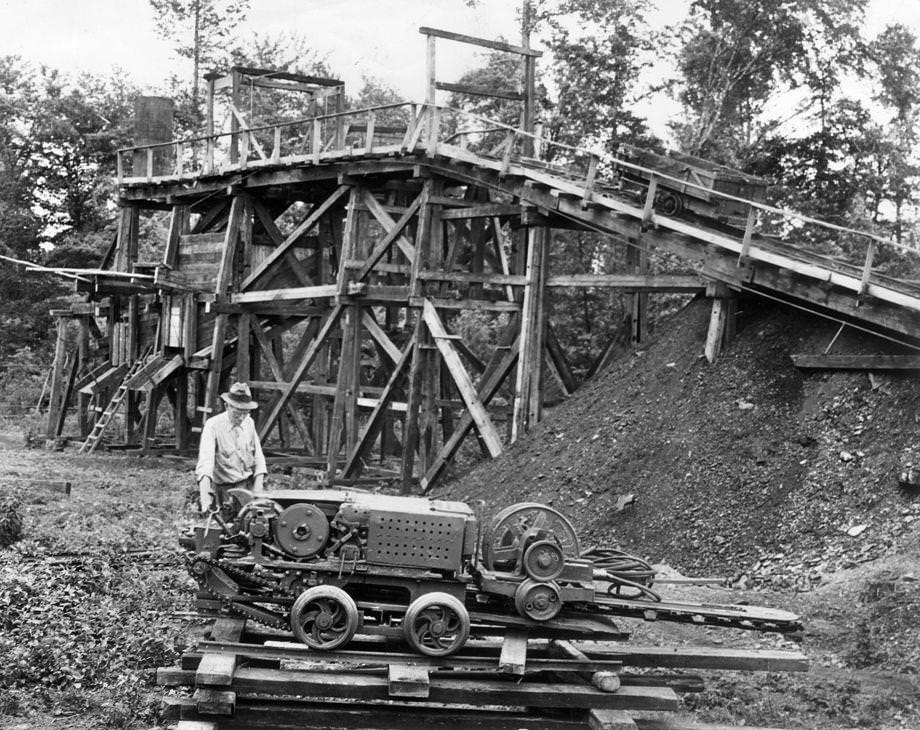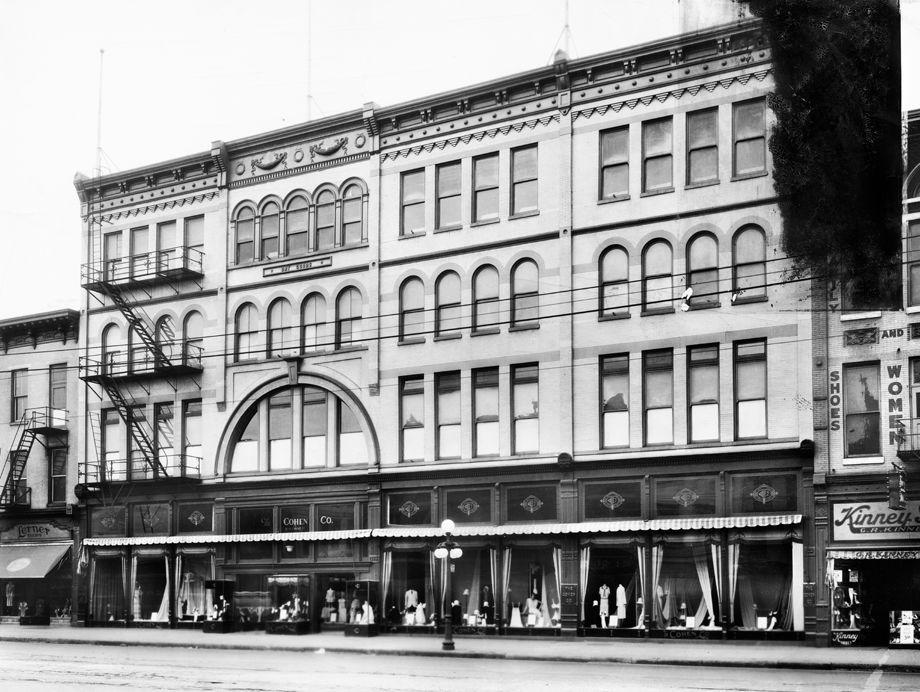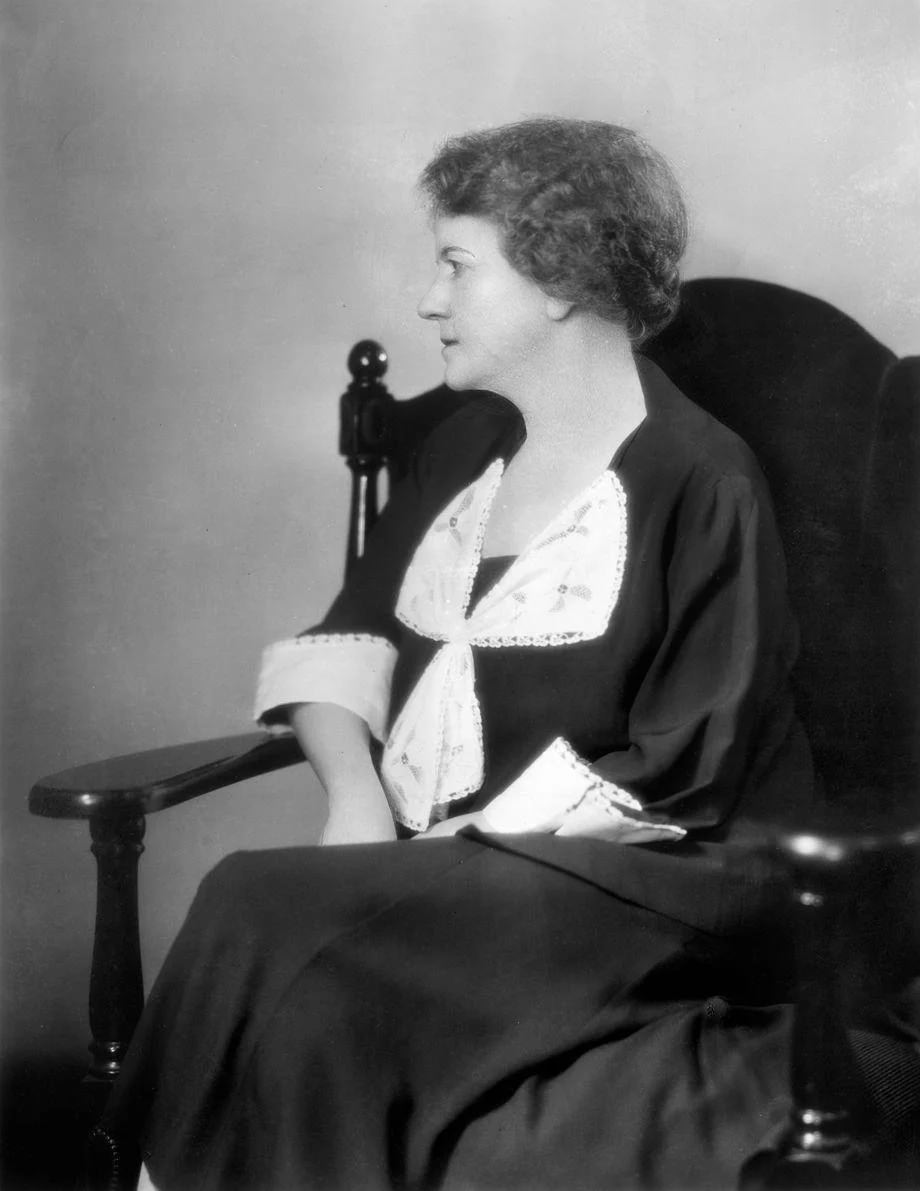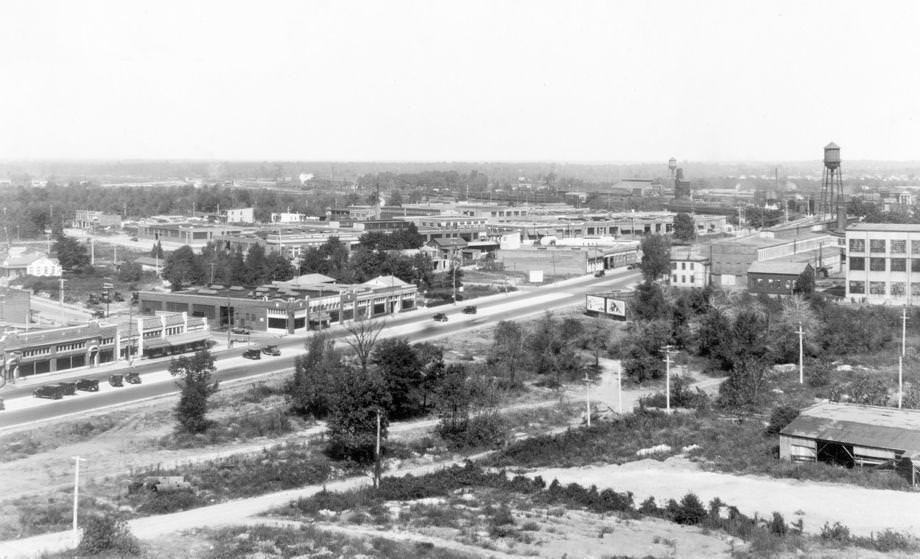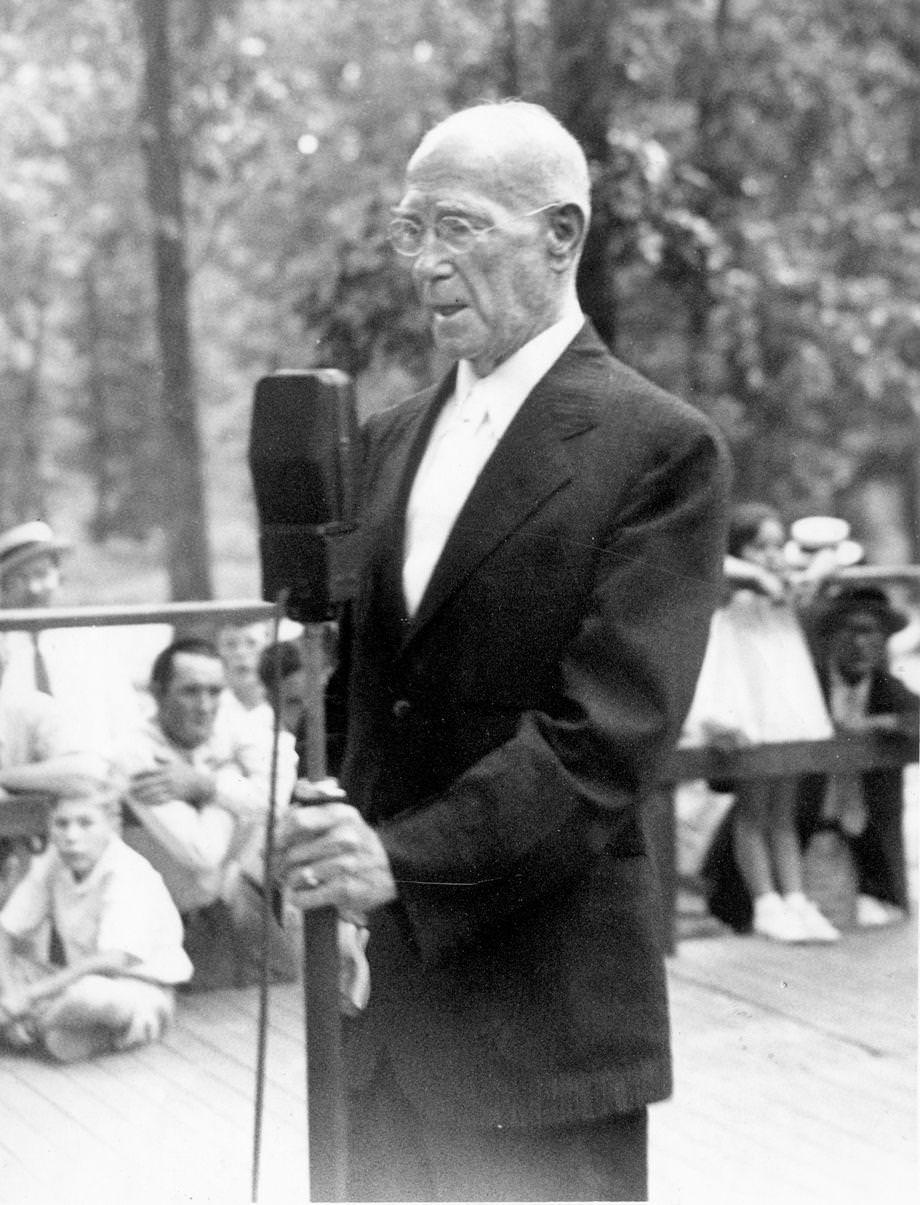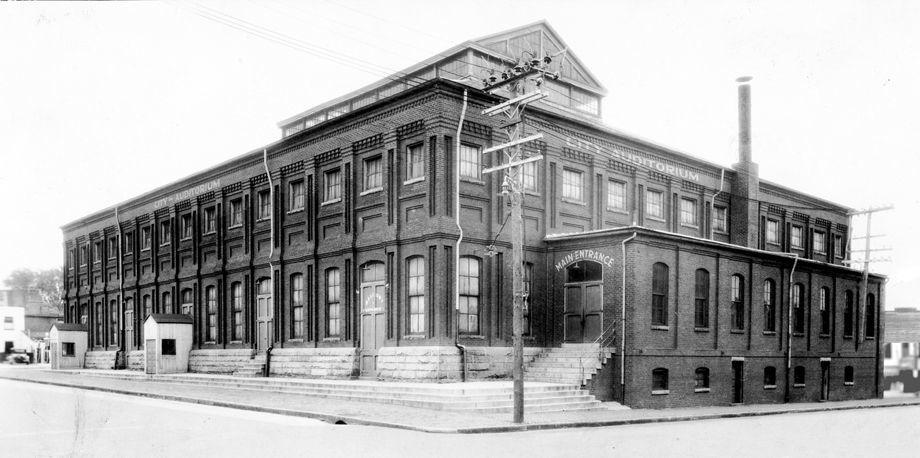Richmond in the 1930s was a city grappling with the effects of the Great Depression, yet also showcasing remarkable resilience and adaptation during challenging times. This decade was a test of the city’s strength, but it also set the stage for significant development and transformation.
The Impact of the Great Depression
The Great Depression, which lasted from 1929 to 1939, was a significant economic downturn that impacted cities across America, and Richmond was no exception. The tobacco and textile industries, the city’s economic mainstays, suffered from reduced demand and falling prices. Many residents faced unemployment and hardship during this period, with breadlines and soup kitchens becoming common sights in the city.
The economic struggles during the Great Depression didn’t just affect industry and business. The citizens of Richmond felt the impact deeply, with high unemployment leading to widespread poverty. Despite these harsh realities, a sense of community flourished. Neighbors helped neighbors, providing food, clothing, and shelter to those in need..
Read more
Public Works Projects
During this challenging period, Richmond looked to large-scale public works projects as a means of providing employment and revitalizing the city. Funded by President Roosevelt’s New Deal program, these projects gave the city’s economy a much-needed boost.
One of the most significant of these was the construction of the Richmond-Petersburg Turnpike, now part of Interstate 95, which provided jobs for thousands of workers and connected Richmond more effectively with the surrounding region. Another key project was the expansion of Byrd Airport (now Richmond International Airport), which bolstered the city’s transportation infrastructure.
The Historic Virginia State Capitol
One of the significant landmarks that continued to stand tall was the Virginia State Capitol. In the 1930s, the building underwent renovation, ensuring its survival and preserving its architectural beauty for future generations. As home to the oldest legislative body in the Western Hemisphere, the Virginia General Assembly, the State Capitol continued to serve as a beacon of governance and continuity amidst challenging times.
The Rise of New Industries
While traditional industries like tobacco and textiles struggled during the 1930s, other sectors began to emerge. The decade saw the birth of the city’s advertising industry, with Richmond-based advertising firm The Martin Agency establishing itself during this period. This was also a time of significant growth for the insurance industry in Richmond, with companies such as Life Insurance Company of Virginia expanding their operations.
The 1930s also marked the beginnings of what would later become a key sector in Richmond: biotech. In 1938, pharmaceutical company A.H. Robins (which would later become part of Pfizer) was founded in Richmond. This was an early indication of the city’s potential as a hub for scientific and medical research and innovation.
Museums and Libraries
Despite the economic challenges, the 1930s was also a period of cultural growth for Richmond. The Virginia Museum of Fine Arts, established in 1936, became an important cultural institution in the city, showcasing a diverse range of artworks and artifacts. This decade also saw the establishment of several public libraries, providing much-needed educational resources for the city’s residents.
In 1937, the Richmond Symphony Orchestra was formed. This gave the city’s musicians a platform to perform and allowed residents to enjoy high-quality performances, offering a much-needed distraction from the difficulties of the era.
#1 1800 Monument Avenue, Richmond, Henrico County, Virginia, 1933
#2 The State-Planter’s Bank and Trust Co. building at the corner of North Avenue and Brookland Park Boulevard in Richmond, 1930.
#3 The Richmond-Ashland Electric Line ceased operating trolleys after 31 years, 1938.
#4 A group of Richmonders enjoyed lunch and lager at a local establishment, 1933.
#5 Their cause was, ‘legal and honorable’ – These three Confederate Veterans from the Old Soldiers’ Home listened intently at Hollywood yesterday as Memorial Day speakers eulogized the valor and the justics of the cause of the men who followed Lee and Jackson.
#6 Glasgow House, 1 Main Street, Richmond, Henrico County, Virginia, 1930s
#7 Edgar Allan Poe’s mother’s house, Richmond, Henrico County, Virginia, 1930s
#8 St. John’s Church, Richmond, Henrico County, Virginia, 1930s
#9 Glasgow House, 1 Main Street, Richmond, Henrico County, Virginia, 1930s
#10 Reveille House, 4200 Cary Street, Richmond, Henrico County, Virginia, 1936
#11 Washington Monument, Capitol Square, Richmond, 1933
#12 An early appearance of winter painted a striking picture at Byrd Park, 1938.
#13 There was considerable curiosity about the fate of the Murphy’s Hotel bridge, which spanned Eighth Street at Broad Street downtown, after the sale of part of the hotel property, 1933.
#14 After days of heavy rain across the state, the James River crested at 27 feet in Richmond, with flood damage here estimated at more than $100,000, 1937. Tate Field on Mayo Island was more like a lake – an example of the recurrent flooding that in part prompted team owner Eddie Mooers to build a new baseball stadium for his Richmond Colts several
#15 The Chesapeake & Ohio Railway’s new luxury train, the Sportsman, stopped at Main Street Station in Richmond on the last leg of an exhibition tour ahead of service beginning on a new route from Norfolk to Detroit and Cleveland, 1930.
#16 Workers from G. Krueger Brewing Co. transported beer barrels on West Broad Street in Richmond, 1934.
#17 Teenagers enjoyed swimming and diving off rocks at the Bryan Park quarries in Richmond, 1934.
#18 61 d Richmond No. 4, Richmond, Henrico County, 1930s
#19 Glasgow House, 1 Main Street, Richmond, Henrico County, Virginia, 1930s
#20 Clerk’s Office, U.S. Route 360, Warsaw, Richmond, 1933
#21 Lawyer’s Office, U.S. Route 360 & State Route 3, Warsaw, Richmond, 1933
#22 Richmond County Courthouse, U.S. Route 360, Warsaw, Richmond, 1933
#23 Linden Farm, Lancaster Road, Warsaw, Richmond, 1933
#24 Sabine Hall, State Route 624 vicinity, 1933
#25 Indian Banks, State Route 606, Tidewater, Richmond, 1933
#26 Farnham Church (Episcopal), State Routes 602 & 607, Farnham, Richmond, 1930s
#27 Wilton, Wilton Road (moved to Richmond), Richmond, 1933
#28 Dunlop Mills, South Richmond, Richmond, 1933
#29 Edgehill, State Route 354 vicinity, Farnham, Richmond, 1933
#30 Morattico, Rappahannock River, Simonson, Richmond, 1933
#31 Greenhow, 403 East Grace Street, Richmond, 1933
#32 Grey House, 1007 McDonough Street, Richmond, 1933
#33 The view from the Southern Biscuit Co. building, looking northwest across the Boulevard in Richmond, 1930.
#34 The Carillon in Byrd Park as seen from across Swan Lake, 1936.
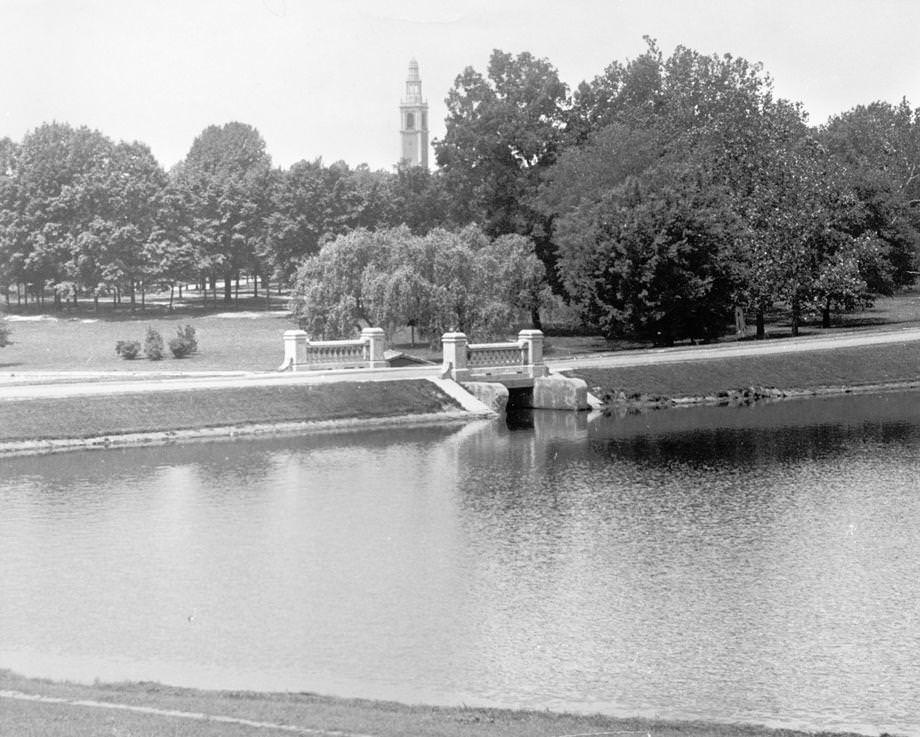
The design for a memorial to World War I’s dead was debated in the mid-1920s, with Richmond industrialist Granville Valentine leading a campaign for a carillon — despite a war memorial commission favoring an alternative. The state ultimately endorsed a carillon, and the bell tower was dedicated in October 1932.
#35 The James River crested at 27 feet in Richmond as one brave soul crossed the bridge to Belle Isle, 1937.
#36 Several blocks of lower Hull Street, the main thoroughfare in South Richmond, were flooded so completely that it took rowboats and hip-waders to reach buildings, 1937.
#37 Semmes Avenue and the streetcar tracks that the Virginia Electric and Power Co. proposed to remove if the Richmond City Council allowed it, 1933.
#38 Trinity Methodist Church in Chesterfield Courthouse, 1937.
#39 Throngs of Richmonders crowded the Mayo Bridge at 14th Street to view the torrent of the James River, 1936.
#40 Cary Street helped illustrate a traffic problem along Richmond streets, 1934.
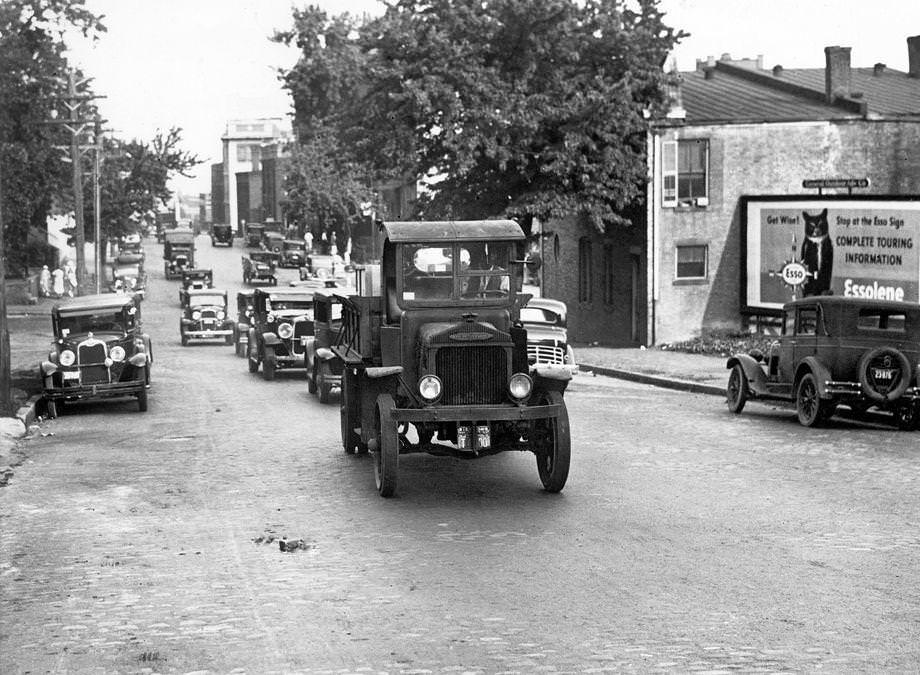
Drivers tended to use the center lane instead of the right lane, next to the parked cars. With passing on the right prohibited, traffic would stack up behind slow cars, usually resulting in someone pulling into oncoming traffic to try to pass – and increasing the chance of accidents.
#41 George Campbell Peery was inaugurated as the 52nd governor of Virginia, 1934.
#42 George Campbell Peery was inaugurated as the 52nd governor of Virginia, 1934.
#43 This group of former governors of Virginia was photographed recently at Virginia Beach, 1930s, when they celebrated “Governor’s Day” with Governor John Pollard, the present governor.
#44 A military high Mass was celebrated at St. Benedict’s Catholic Church in Richmond, with Benedictine High School cadets acting as a military escort, 1938.
#45 Virginia Gov. James H. Price and wife Lillian (center) left the Executive Mansion for a church service, 1938.
#46 Some of the 31 women engaged in the Works Progress Administration sewing project in Suffolk, 1938.
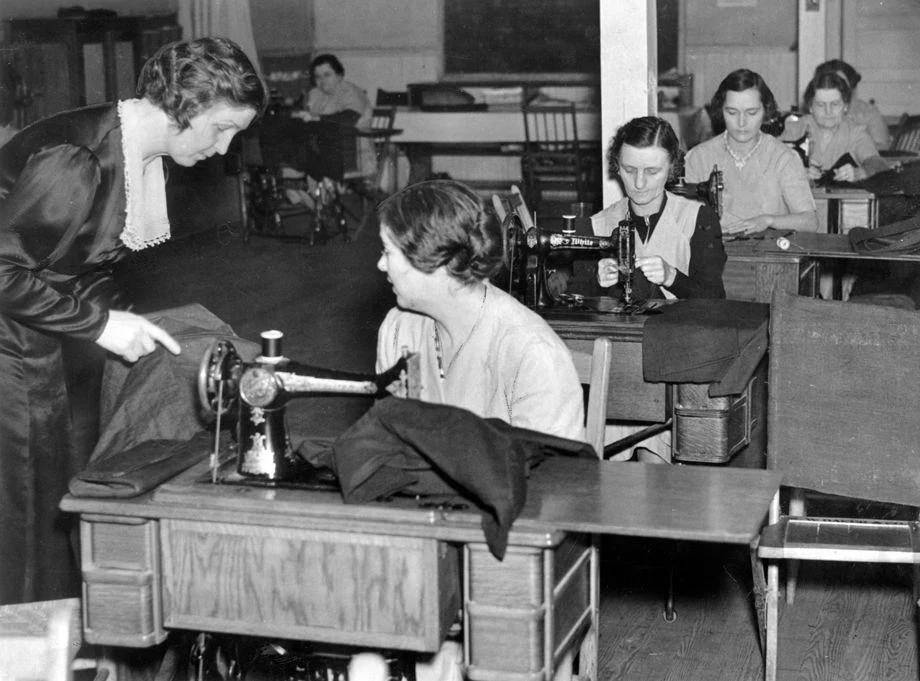
The women were creating 400 to 500 garments and blankets per month, earning $22 monthly. The WPA was a New Deal employment program, and The Times-Dispatch had published an editorial questioning its value. A reporter and photographer were sent to Suffolk to tour various WPA projects, and their conclusions shed a positive light on the effort.
#47 The Red Cross “Ship of Mercy” helped launch the relief organization’s annual membership drive, known as the Roll Call, outside the Virginia Capitol, 1933.
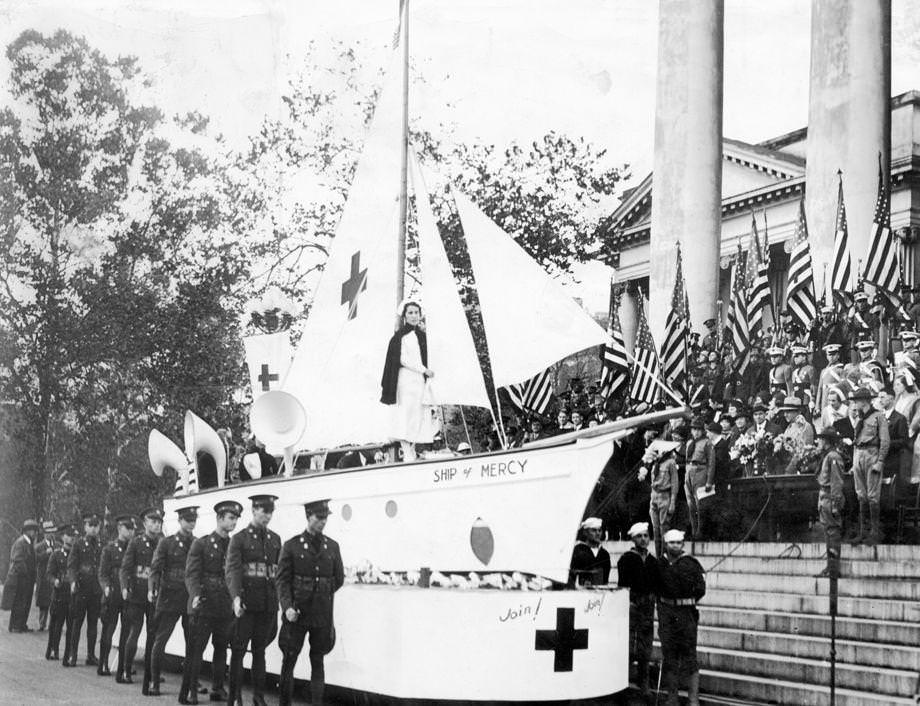
The ship, designed by the display department of Miller & Rhoads, was mounted on a hidden truck chassis and rolled along in the opening ceremonies. During the Roll Call week, the ship was to “anchor” at various places around Richmond, with staff on board collecting membership dues and contributions. As part of the ceremony, the ship was “christened” with rose petals by Virginia’s first lady, Mrs. John Garland Pollard.
#48 Forest Hill Presbyterian Church on West 41st Street in Richmond opened its first expansion, 1938.
#49 The entrance to the old brick building on Belle Isle in Richmond, which once served as headquarters for the officers in charge of the Belle Isle prison camp during the Civil War, 1935.
#50 Boxes of donations secured through the Richmond Times-Dispatch’s Good Fellows Club were piled outside the newspaper building, 1932.
#51 Citizens’ Service Exchange members Linwood F. Jones (left) and Daniel Evans engaged one of the numerous duties – cutting fuel for wood – for which members were paid in scrip instead of money, 1938.
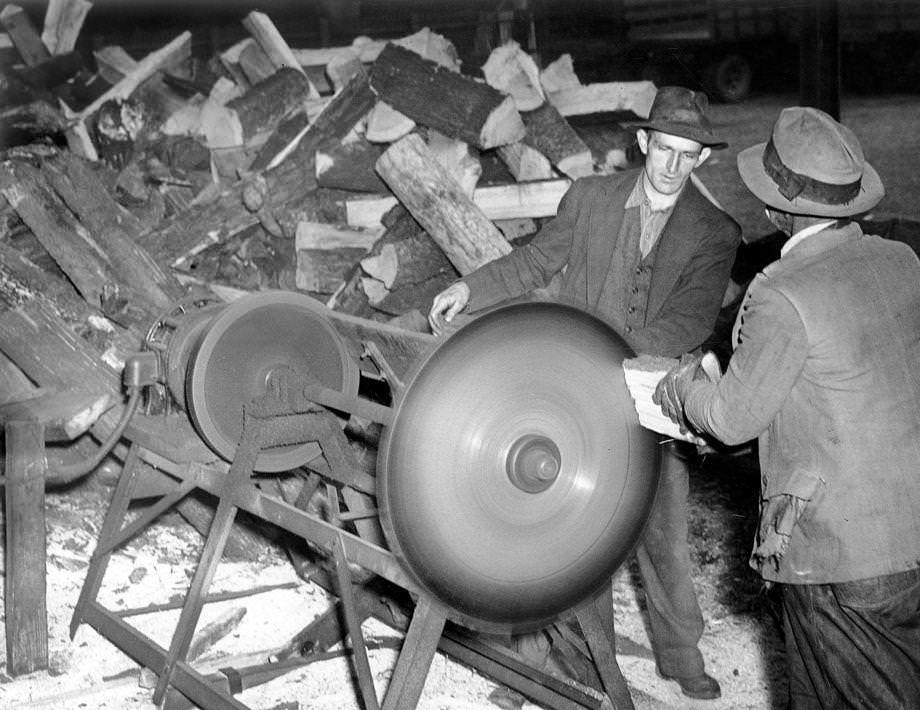
Richmond had one of the first such self-help cooperatives in the country – first lady Eleanor Roosevelt even wrote an article in the Rotarian about Richmond’s program. Scrip was used for food, clothing and other necessities, and in 1938, members logged more than 211,000 hours of work.
#52 Benedictine High School cadets filed in and served as escorts at a military high Mass at St. Benedict’s Catholic Church in Richmond, 1938.
#53 The Charles Stores Company department store opened on East Broad Street between First and Foushee streets, 1936.
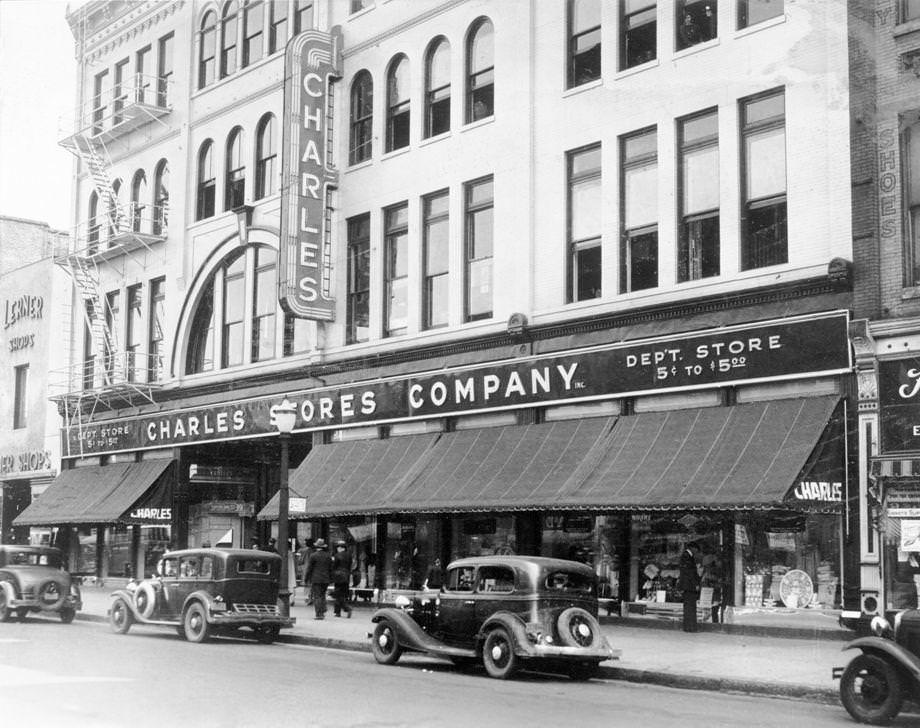
This store featured 23 departments, and some grand opening specials included women’s dresses and white shoes for $1 and men’s dress shirts for 50 cents. A parking lot now occupies the site. 5-7-1936: New location of the Charles Stores at 13-17 East Broad Street. Lease negotiations were handled by the office of Gordon E. Strause.
#54 Herbert’s shoe store at 419 E. Broad St. in downtown Richmond, 1935.
#55 An end was in sight to a six-week strike that included more than 450,000 coal miners and caused a coal shortage that affected many industries, 1939.
#56 Richmond continued celebrating the city’s bicentennial with a parade featuring the Richmond Light Infantry Blues as well as 30 floats, 18 bands and 2,000 participants, 1937.
#57 Heavy rain caused the James River to crest at 26 feet. City workmen piled sandbags in a desperate attempt to hold back the rising waters, 1935.
#58 Gov. James H. Price and Richmond Mayor John Fulmer Bright, followed by officers of the Connecticut Governor’s Foot Guard, led the procession to St. Paul’s Episcopal Church for the Richmond Light Infantry Blues’ annual memorial service, 1939.
#59 Four ex-governors of Virginia, 1934.
#60 A woman working on a Works Project Administration bookbinding project in Suffolk in which hundreds of books were prepared for use in schools, 1938.
#61 At the state Capitol in Richmond, the first of a planned dozen Chevrolet bookmobile of the Statewide Library Project was put into service, 1939.
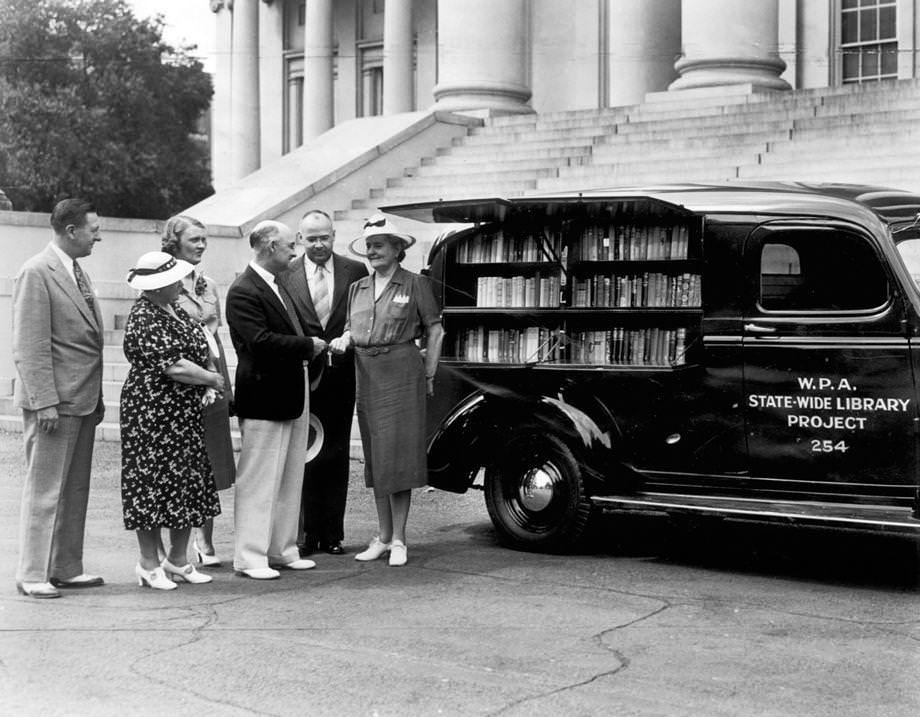
The project, which aimed to expand book availability in rural areas, was part of the Works Progress Administration, a New Deal employment program. At right, WPA official Ella Agnew turned over the key to C.W. Dickinson Jr. of the State Board of Education. With them were (from left) F.E. Gross of Chevrolet, Leslie Stevens of the Virginia State Library, project technical supervisor Mary Gaver and project administrative supervisor W.A. Moon Jr.
#62 A reproduction of a mule-drawn trolley was the first vehicle to cross the newly restored Marshall Street Viaduct in Richmond, 1934.
#63 The former headquarters of the Army’s 80th Division at Camp Lee near Petersburg, 1936.
#64 The old YMCA building at Seventh and Grace streets in downtown Richmond, 1938.
#65 The Westhampton opened on Grove Avenue in Richmond, 1938.
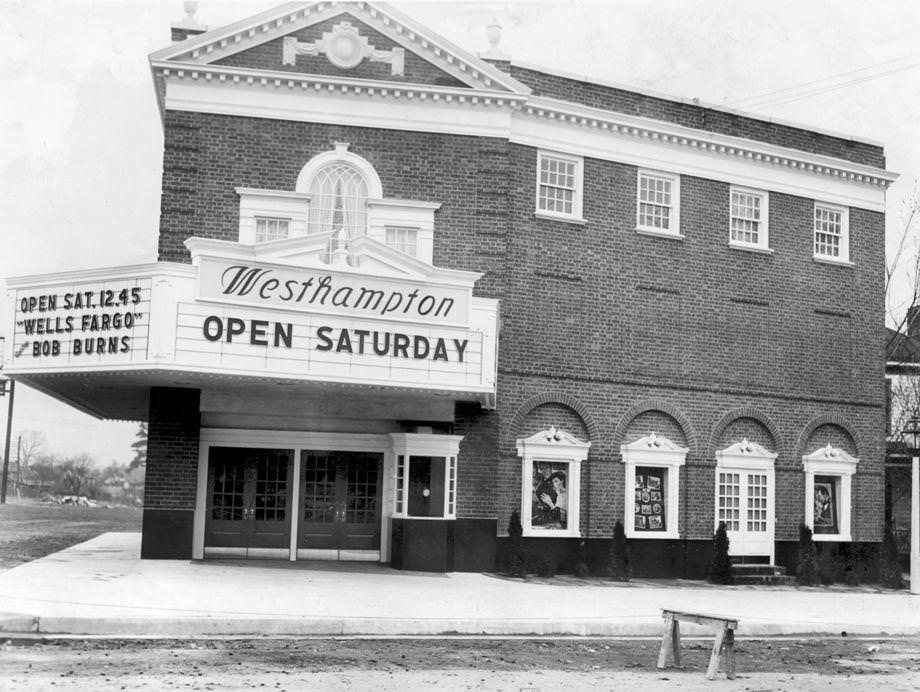
The newest addition to the Neighborhood Theatres group had one screen and a balcony (which was later converted to a second screen). Admission was 25 cents (20 cents for matinees, and 10 cents for children). Current operator Regal Entertainment Group has announced that the struggling Westhampton will close this year.
#66 The historic Hanover Tavern, which dates to the 1730s and offered refuge for weary travelers doing business at the historic courthouse nearby, 1935.
#67 A man napped on Cherry Isle in the James River in Richmond while his clothes and belongings dried on a line, 1937.
#68 A small group of men, part of a larger army of workers and 70 trucks, reinforced dykes with sandbags to protect the 5-mile area controlled by Richmond’s Shockoe Creek Pumping Station from flooding caused by a severe storm, 1935.
#69 Richmond Glass Shop had a new home at 814 W. Broad St., site of the old Ashland Railway Station, 1938.
#70 Radio station WMBG opened a new studio building at the corner of West Broad and Tilden streets in Richmond, 1938.
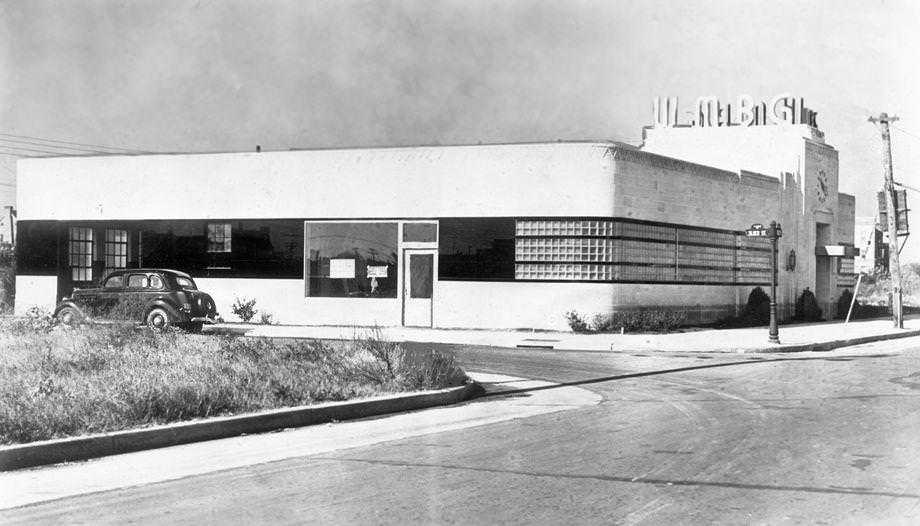
Marked by modern architecture and red neon letters on the roof, the building opened with a celebration that included a speech by Virginia Gov. James H. Price. Public tours were offered as well. The building’s three studios included a fully equipped kitchen for use during cooking school broadcasts.


